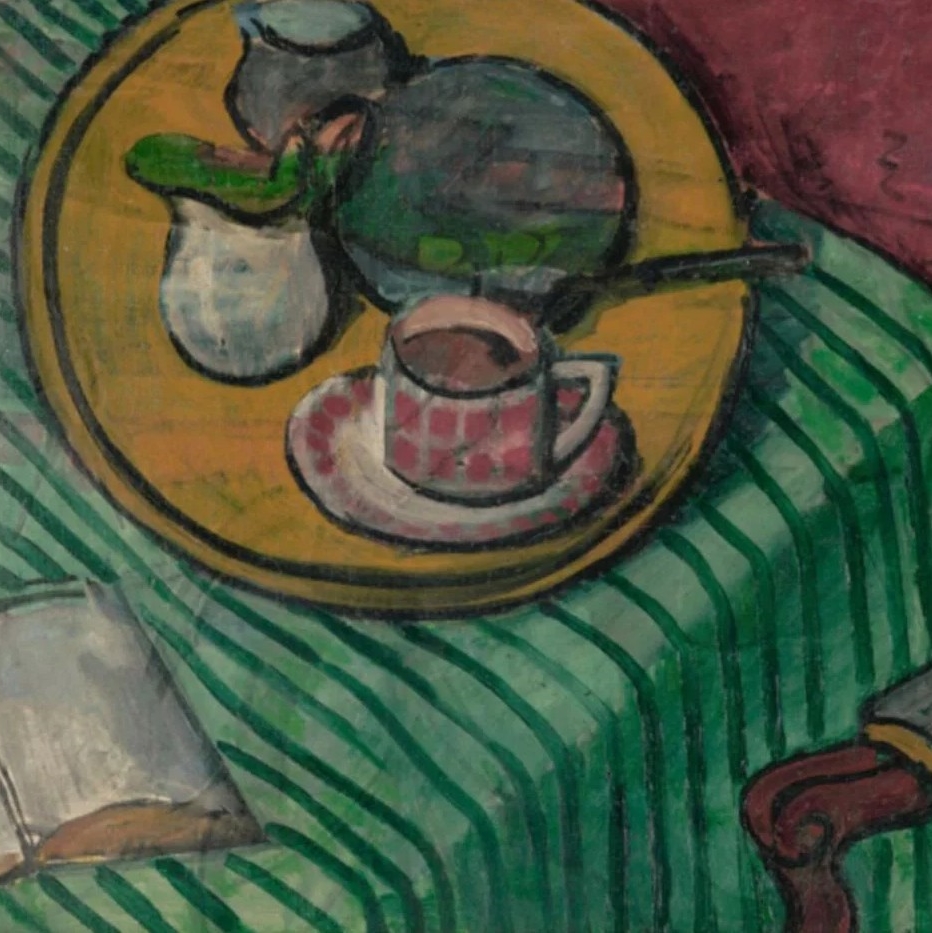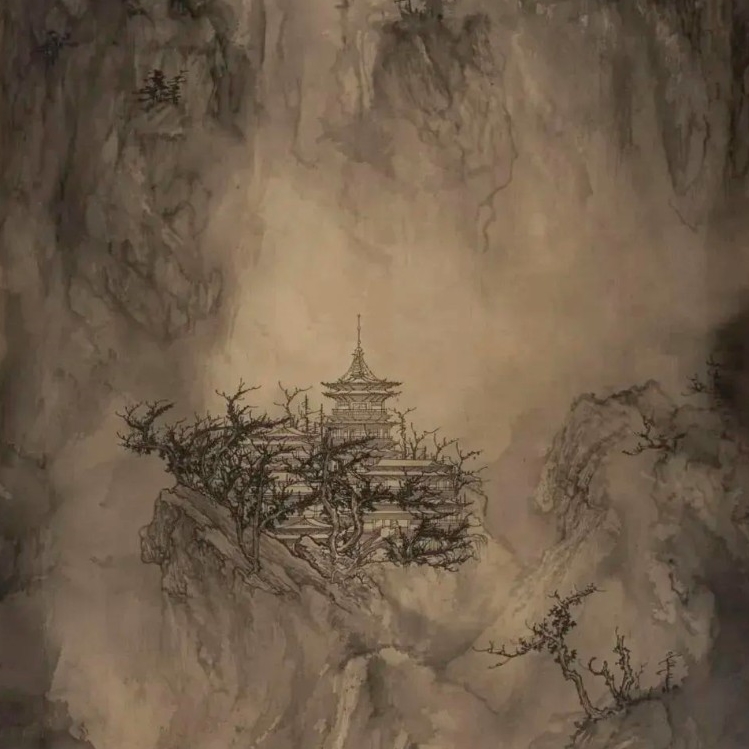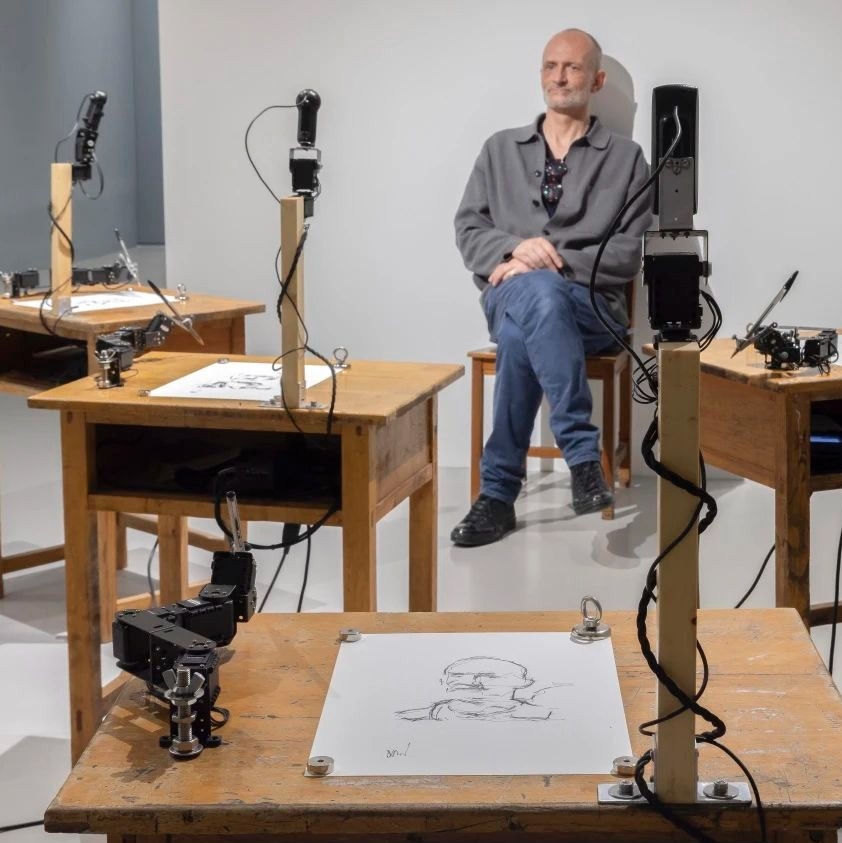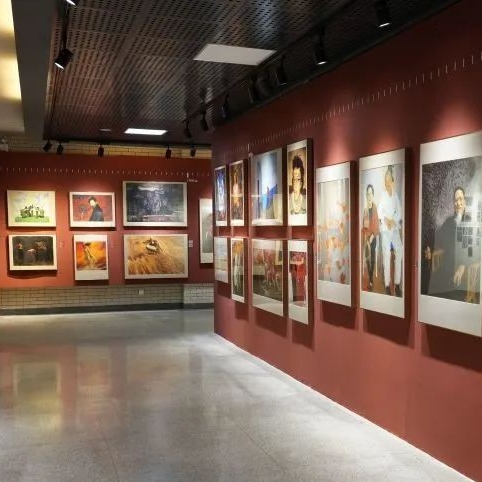“Becoming Andy Warhol”, the most comprehensive exhibition of the artist in China to date, kicked off at the UCCA Beijing on July 3, 2021. It is produced by UCCA Center for Contemporary Art in collaboration with The Andy Warhol Museum and was jointly curated by José Carlos Diaz, Chief Curator of The Andy Warhol Museum, and Patrick Moore, the Director. The exhibition displays nearly 400 works that have been selected exclusively from the collection of The Andy Warhol Museum (Pittsburgh). Structured in five interrelated sections: “Origins”, “Warhol the Photographer”, “Cinema as Object”, “Warhol Remixed”, and the “The Immaterial”, the exhibition examines the different aspects of this legendary pop artist’s work, revealing Andy Warhol’s career and individual experience that are not yet well-known to Chinese spectators.
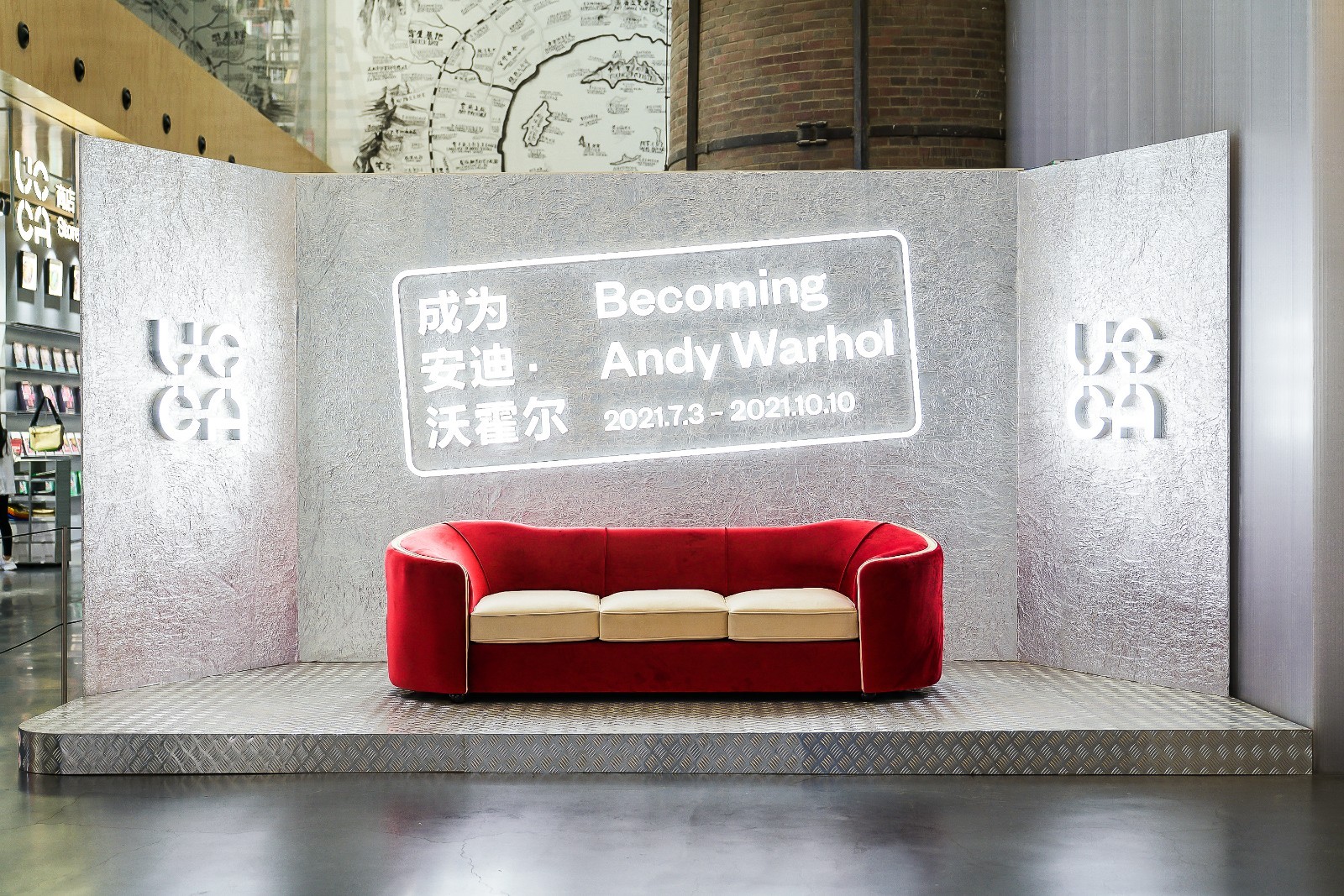
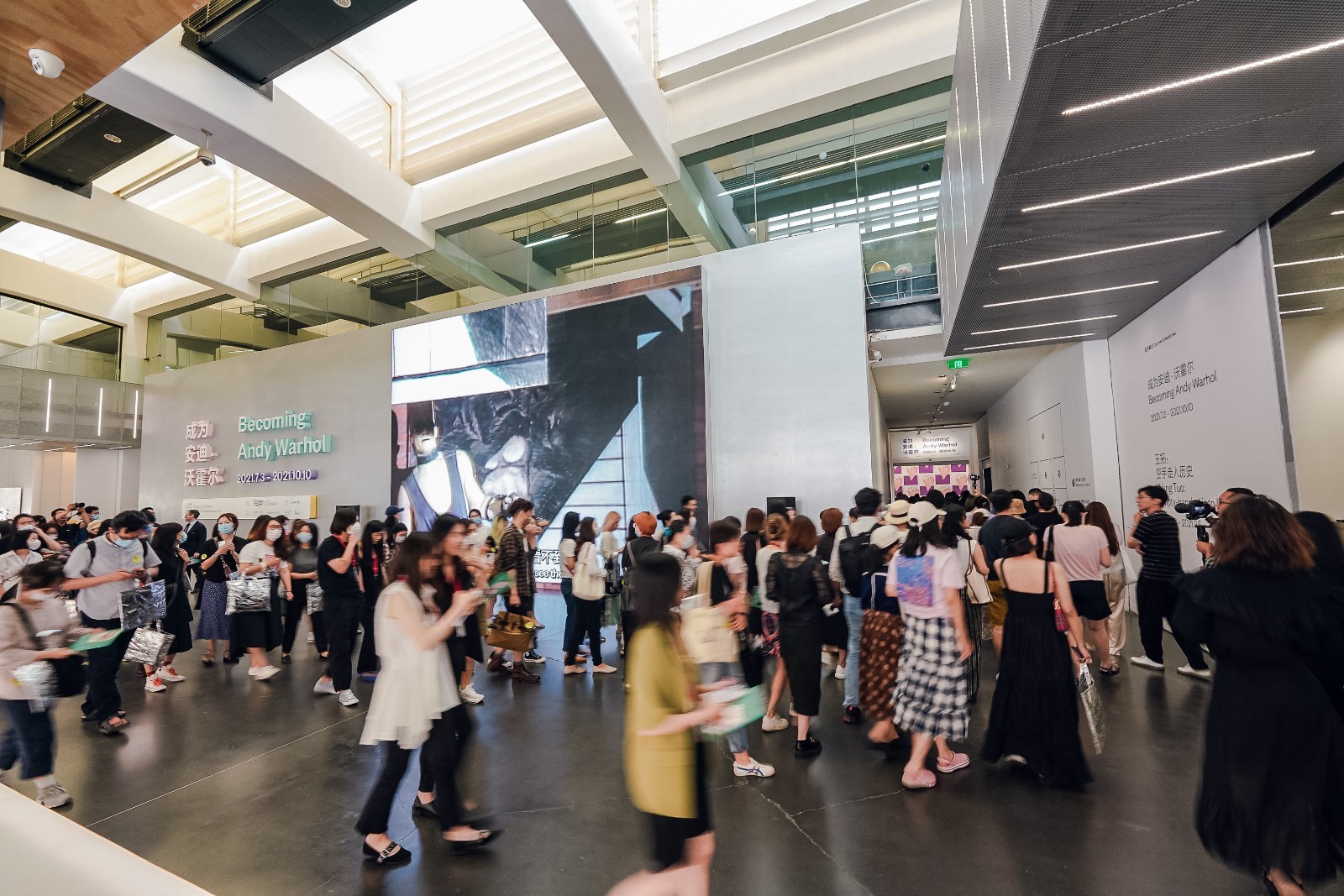
View of the Opening for“Becoming Andy Warhol”, Courtesy UCCA Center for Contemporary Art.
“Drella” from the Working-class Pittsburgh
During the 1970s in the United States, Andy Warhol’s art and lifestyle were equally eye-catching, people were curious about the artist who was either reticent or outspoken in the TV programs, but they were unable to decipher his mysterious wrath. Artist Andy Warhol was loved by collectors, auctions and institutions so that his reputation continues to rise and even makes staggering amounts at auctions after his death; he was called “Drella” by his friends, colleagues and peers with undisguised irony, which was an integration of Dracula who sucked the last drop of blood, and the pitiful Cinderella.
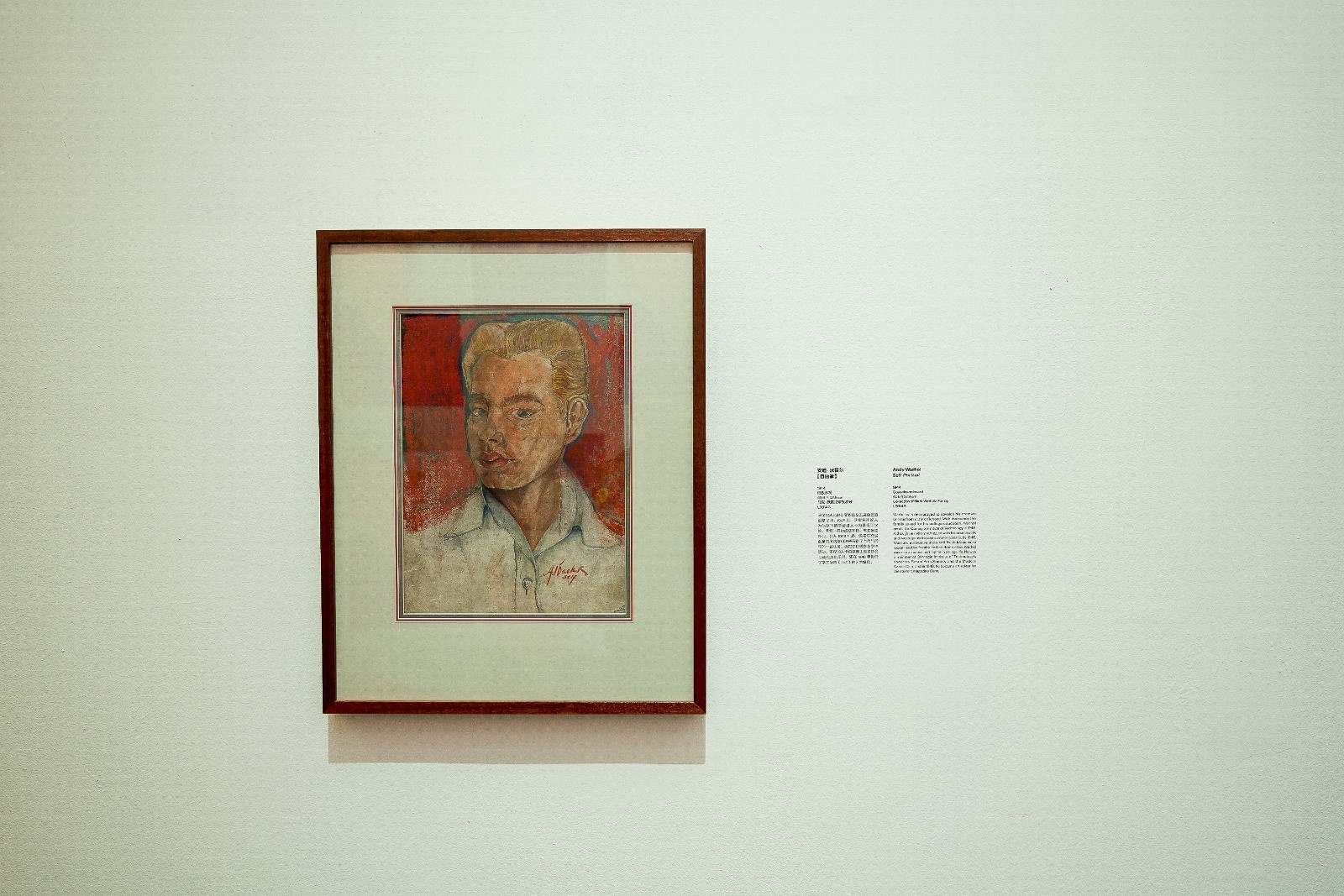
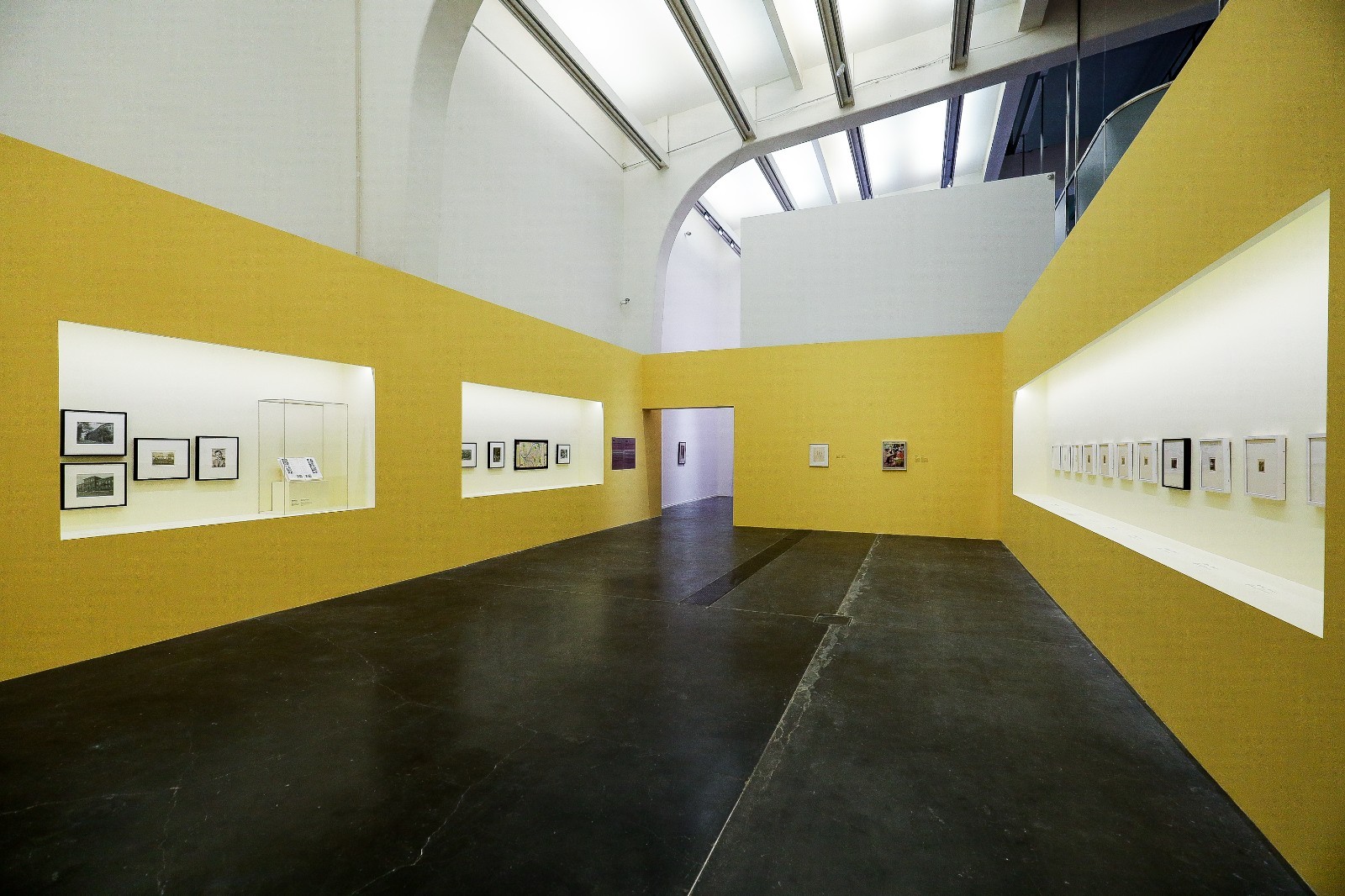
Exhibition View of “Origins”, Courtesy UCCA Center for Contemporary Art
In the commemoration of Andy Warhol, Lou Reed produced an album of “Songs for Drella” with John Cale. As the first song of this album, “Smalltown” is also the birthplace of the artist. The first section of the exhibition, “Origins”, starts from the working-class community of Pittsburgh where Warhol was born, bringing the audience closer to a “realistic” Andy Warhol at this period. This section displays documents such as the artist’s early growth, photos of his studies and literature, as well as selections of Warhol’s creations during his active period as a commercial illustrator. Being an immigrant growing up in a working-class family in Pittsburgh with a Byzantine Catholic family background, the combined effect of these elements have a certain internal connection with the artist.
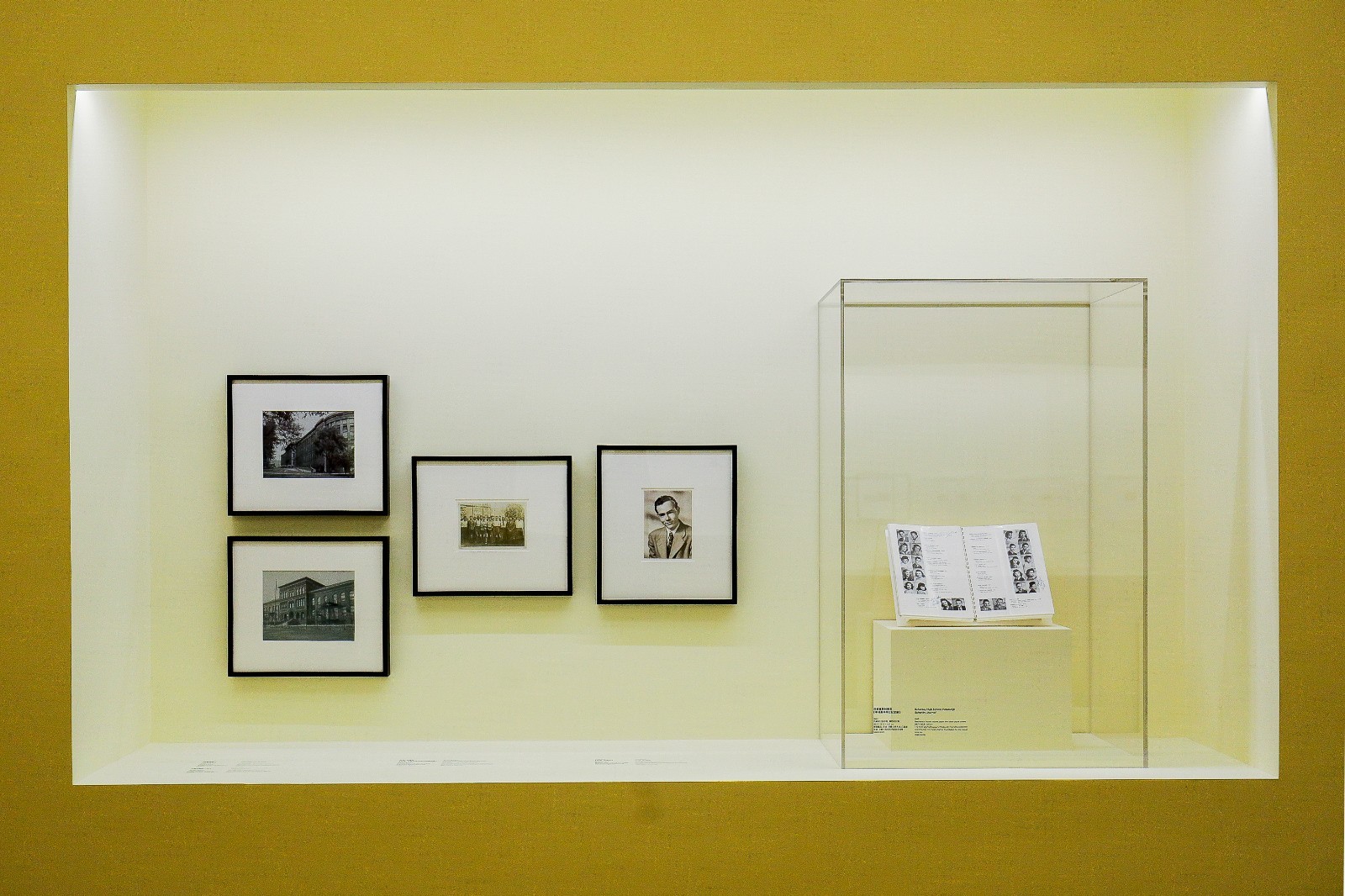
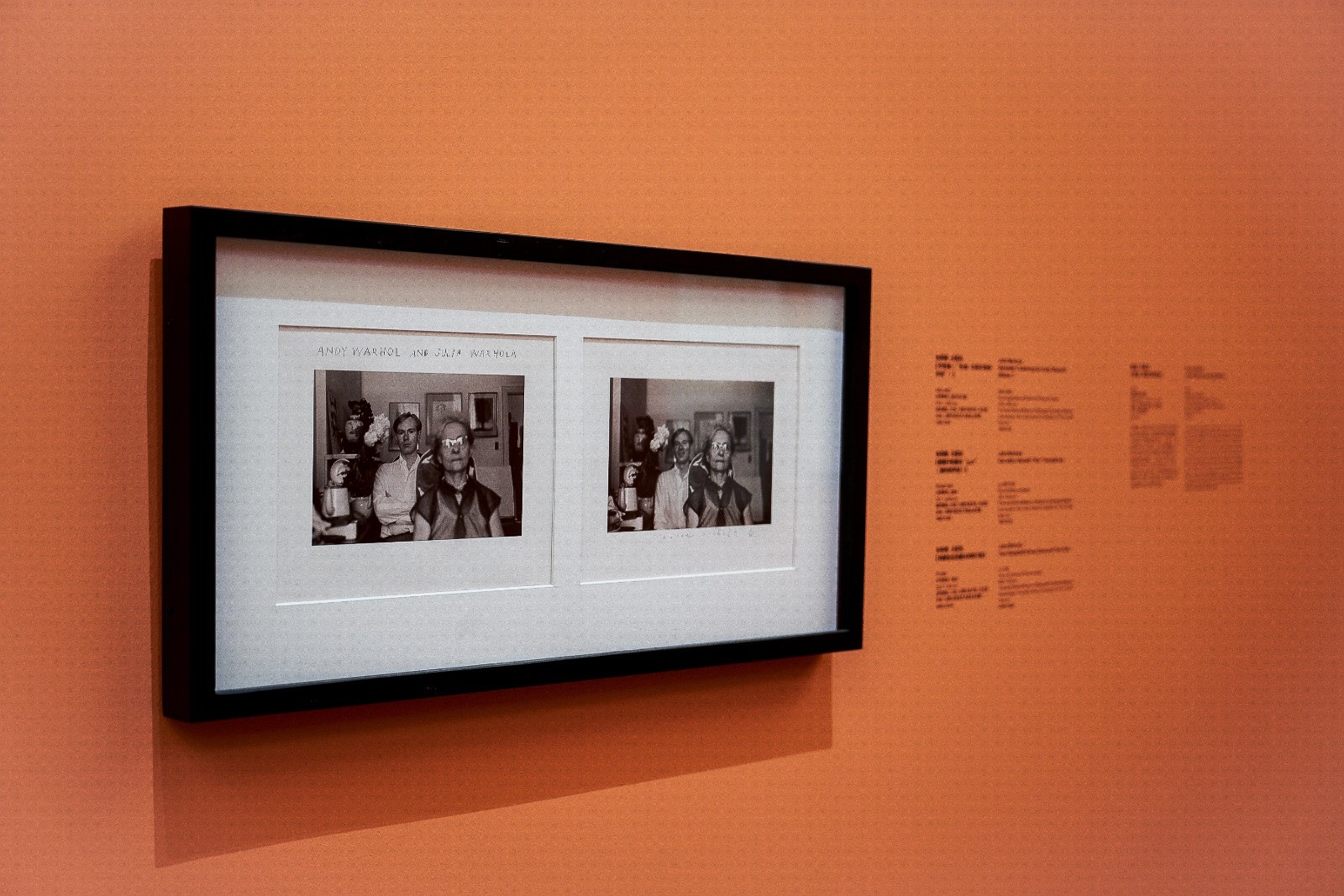
Exhibition View of ““Becoming Andy Warhol”, Courtesy UCCA Center for Contemporary Art.
Andy Warhol was born in a family of Czech immigrants in the suburb of Pittsburgh in 1928. He was the youngest and sickest child in the family. It is generally believed that his parents, especially his mother Julia Warhola, first discovered his artistic talent and focused on nurturing it. In the exhibition, the joint creation by Warhol and Julia Warhola was quite imaginative, and the inspiration was very direct: cats, butterflies, and holy images in the Catholic Church... They all came from Warhol’s daily life, rather than the imaginary world. However the close mother-child relationship had a further impact on Warhol than it was imagined. It was also reflected in“The Factory” where a large number of prints were completed by assistants, signed by his mother, thus the connection between both offers emotion, life and creation which continued until Julia Warhola’s death in 1972.
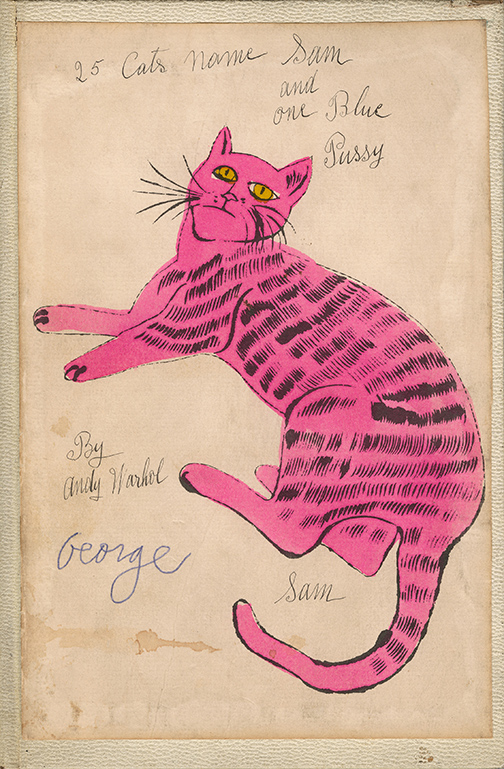
Andy Warhol, 25 Cats Name[d] Sam and One Blue Pussy, 1956, offset lithograph and Dr. Ph. Martin’s aniline dye on paper with buckram board cover, 23.5 × 15.6 × 1cm. The Andy Warhol Museum, Pittsburgh. Contribution The Andy Warhol Foundation for the Visual Arts, Inc. Accession number: 1998.2.9. © 2021 The Andy Warhol Foundation for the Visual Arts, Inc. / Licensed by Artists Rights Society (ARS), New York.
In 1949, Andy Warhol went straight to New York after graduating from the Carnegie Institute of Technology(now Carnegie Mellon University). Throughout the 1950s, Warhol continued to make submissions for advertising design, and he also continued to contribute to well-known magazines such as The New York Times, Glamour, and Vogue. “Origins” includes photographs and reconstructions of Warhol’s New York City department storefronts from the same period, which were selected from the collection of The Andy Warhol Museum. These can reflect the artistic influences that the artist had received in his early career. The blotted-line technique invented and widely used by Warhol was his signature technique, thus the silkscreen print that he used to create Pop paintings had begun to take shape.
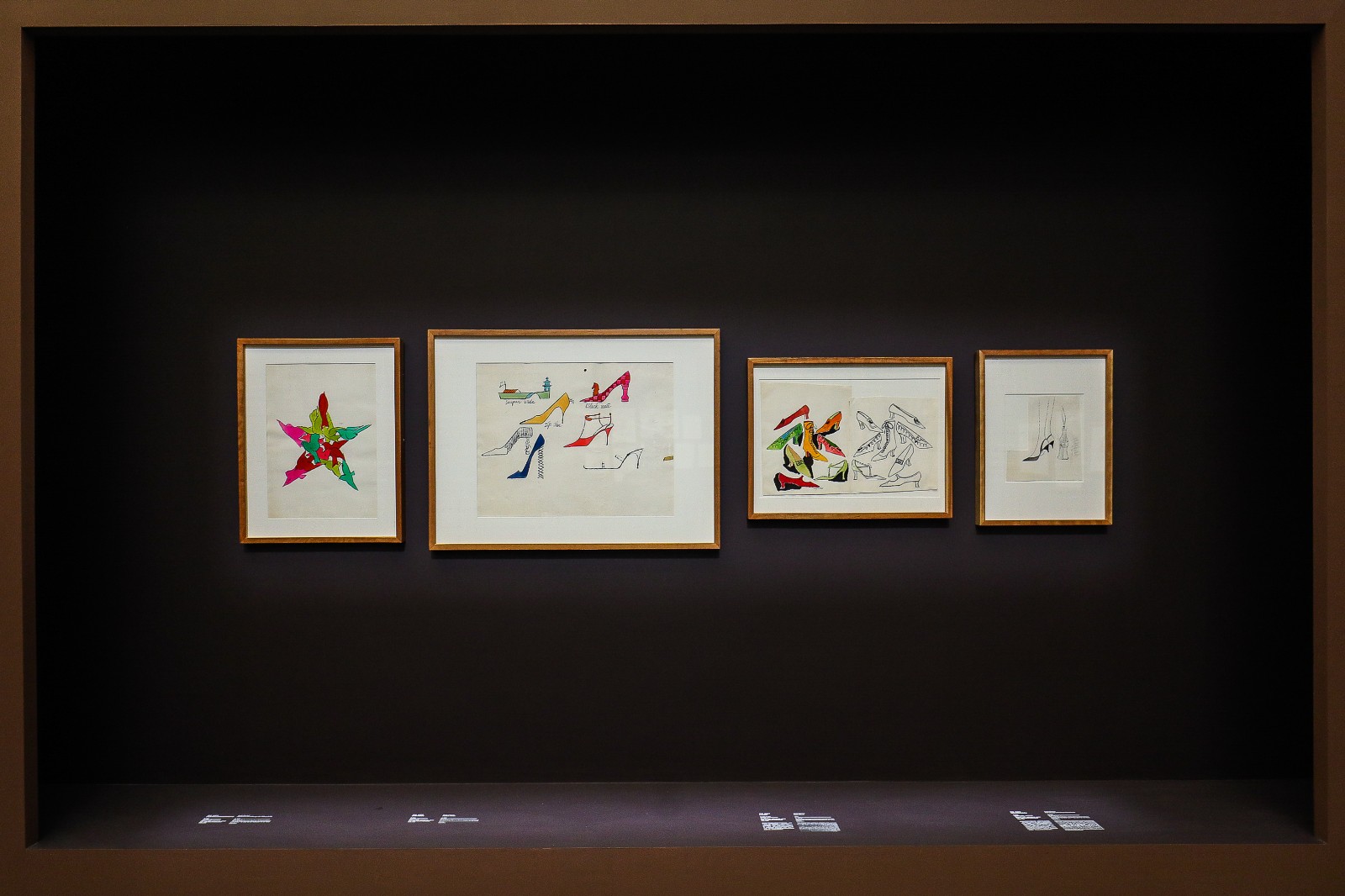
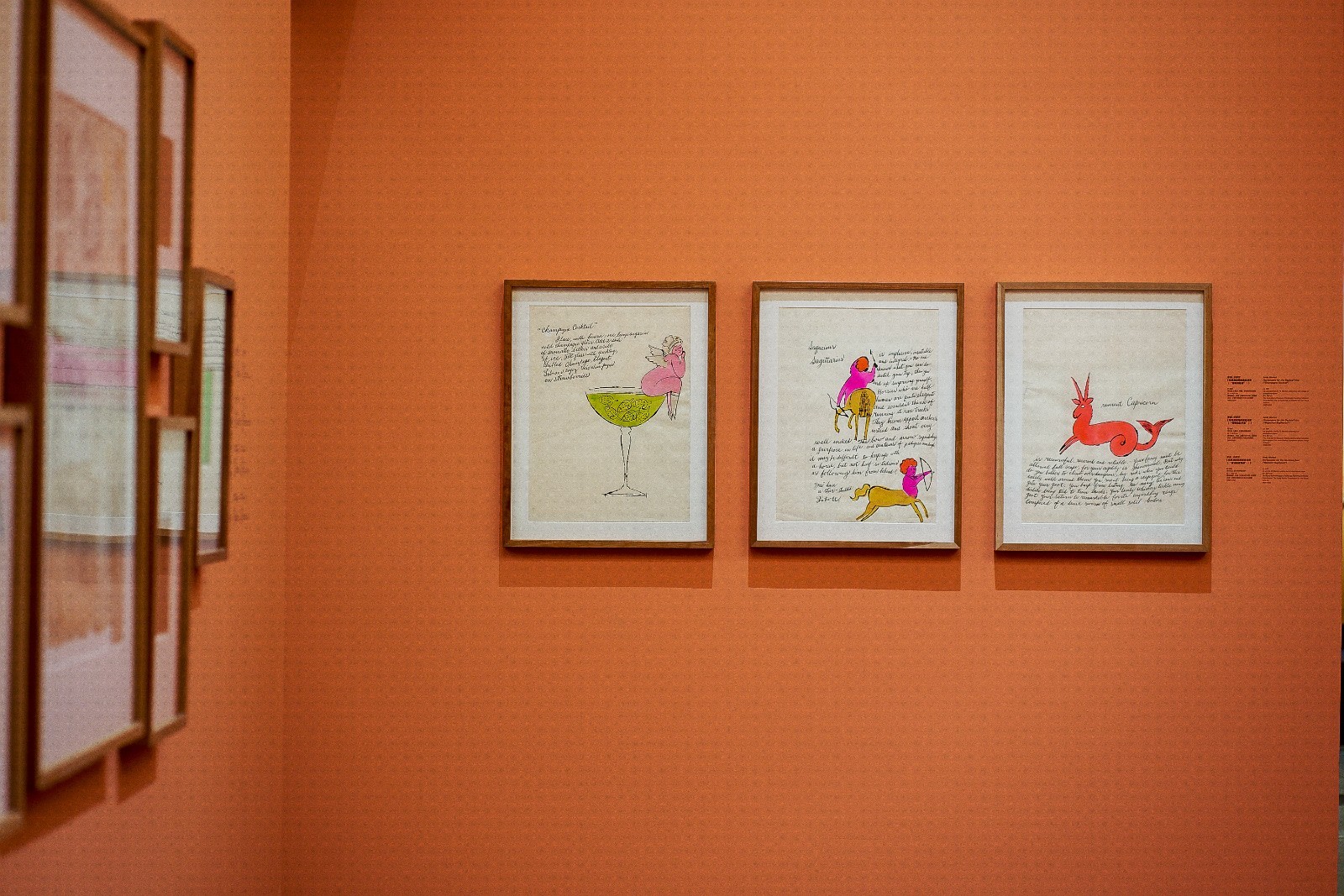
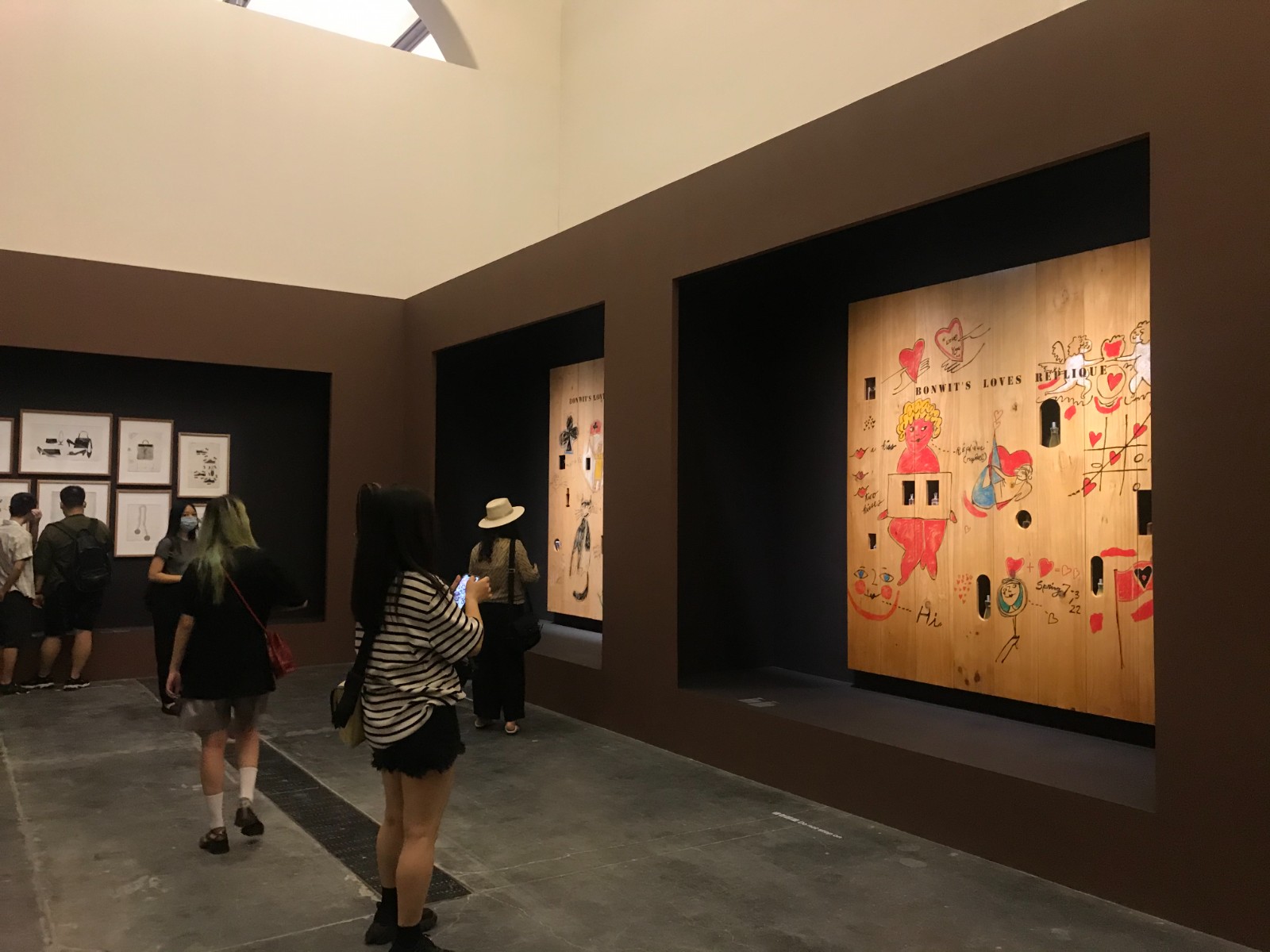
Exhibition View of ““Becoming Andy Warhol”, Courtesy UCCA Center for Contemporary Art.
Andy Warhol, Pair of Legs with Coca-Cola Bottle, ca. 1956, ink, gouache, and graphite on Strathmore paper, 30.5 × 27.3 cm. The Andy Warhol Museum, Pittsburgh; Founding Collection. Contribution The Andy Warhol Foundation for the Visual Arts, Inc. Accession number: 1998.1.1279. © 2021 The Andy Warhol Foundation for the Visual Arts, Inc. / Licensed by Artists Rights Society (ARS), New York.
It is also worth noting that Warhol’s successful experience in the advertising industry has shaped his aesthetic taste and work pattern. He has discovered the beauty contained in fashion images of Coca-Cola cans, women’s shoes, etc., only to obtain pure artistic identity after repeated experiments in the future; and a certain kind of “dependent” working path, he did not mind trying to figure out the audience’s aesthetic needs and a certain “speculation” to achieve success always existed in Warhol’s artistic concept. The period of commercial illustration became a certain source of Warhol’s Pop Art. It is not difficult to understand his straightforward statement after he succeeded in creating for the serious art world ten years later, “Making money is art and work is art and good business is the best art.”
 Exhibition View of ““Becoming Andy Warhol”, Courtesy UCCA Center for Contemporary Art.
Exhibition View of ““Becoming Andy Warhol”, Courtesy UCCA Center for Contemporary Art.
Throughout the 1950s when Warhol still wanted to be close to people, he changed countless roommates and finally found it difficult to get close to people in a big city. After living through the 1950s, he began to become the more familiar “Andy Warhol.”
“Warhol the Photographer” and the Broken “Hollywood Dream”
Warhol has always been known for his energy spanning multiple fields such as photographer, illustrator, artist, director, music producer, CEO and so on. Photography and film, these two were slightly marginal in his artistic career, being reflected in “Warhol the Photographer” and “Cinema as Object” by a large number of stitched photography, photobooth photographs, Polaroids, more traditional black-and-white prints of nature and over 24 newly remastered experimental films.
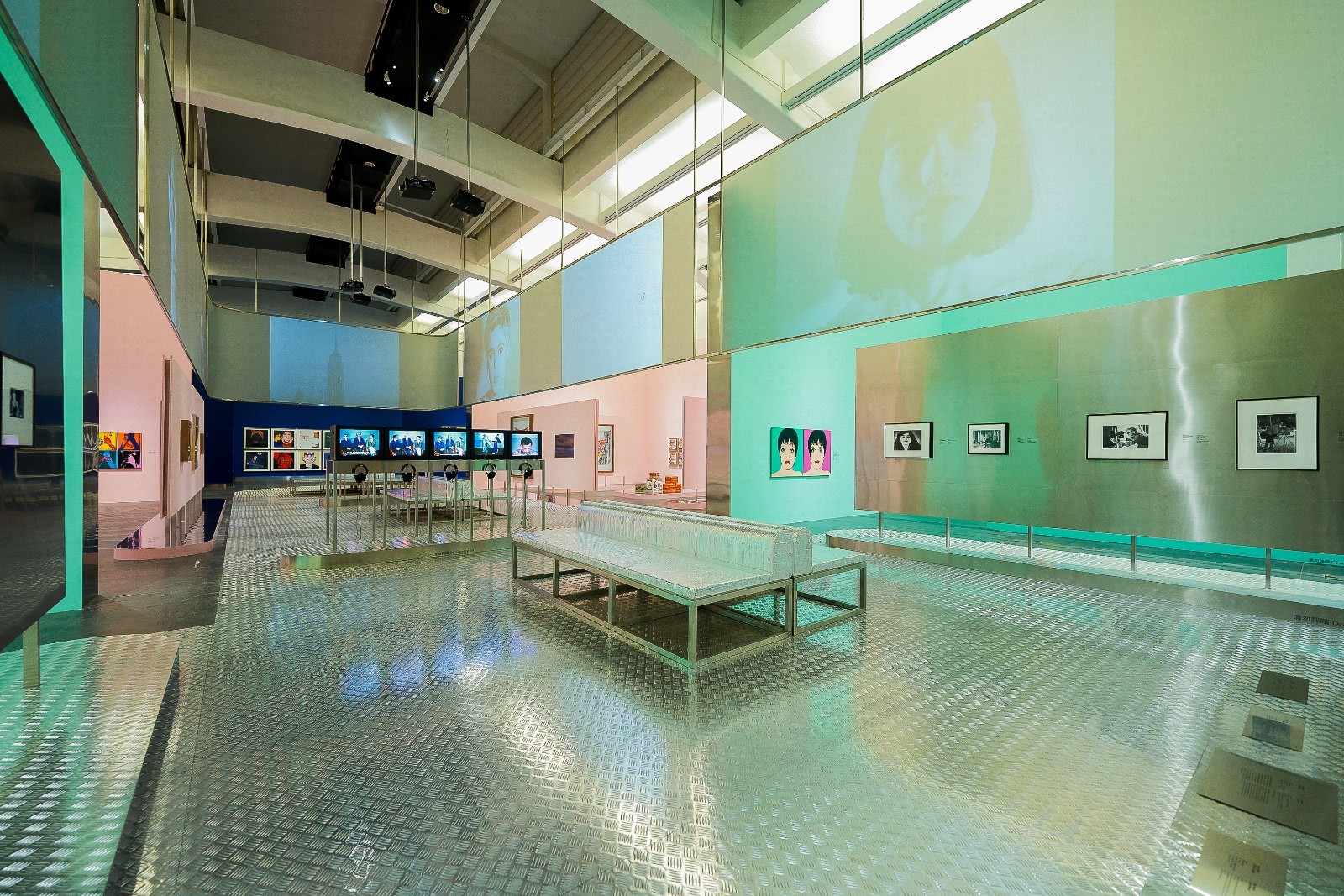
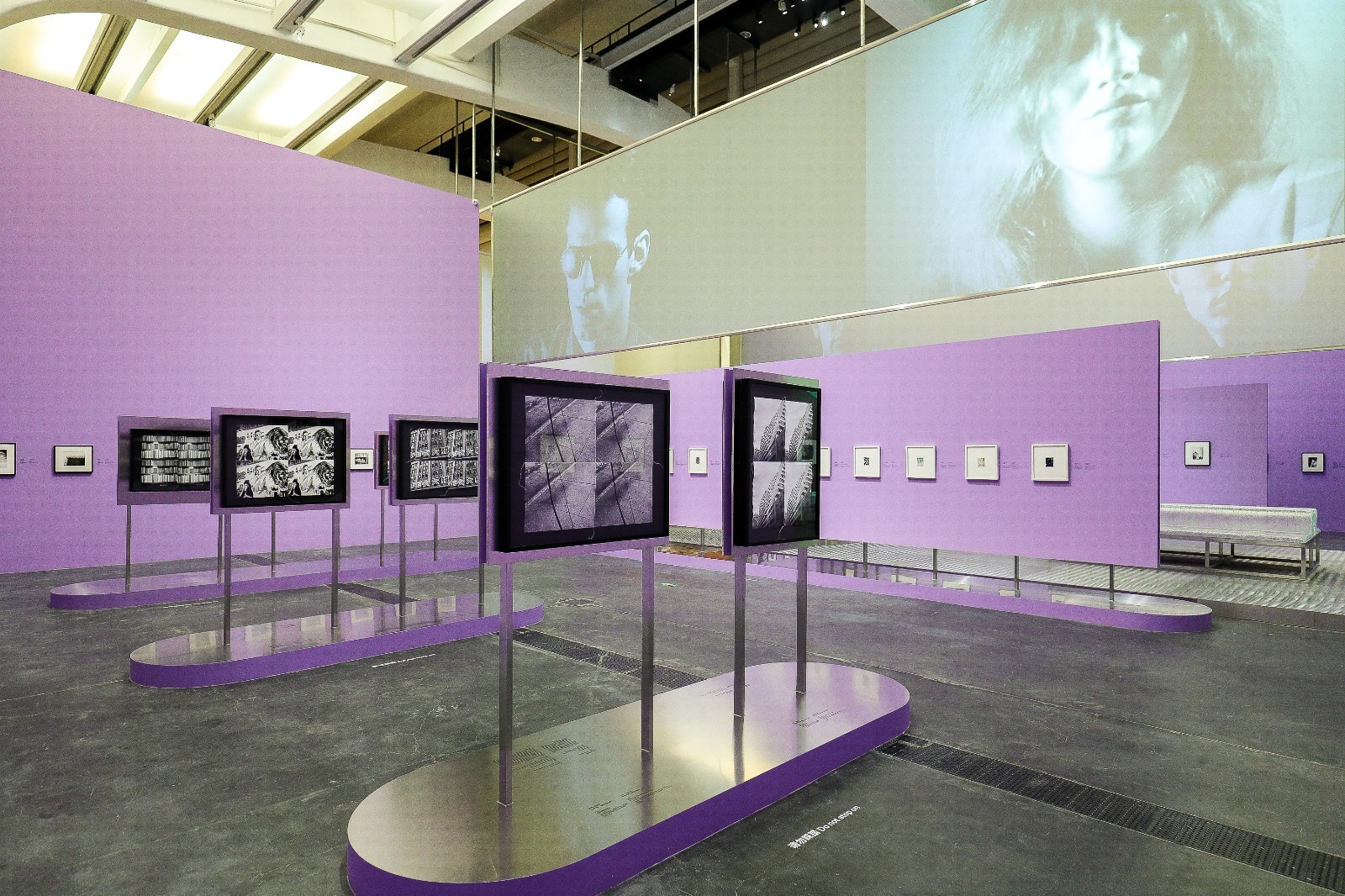
Exhibition View of ““Becoming Andy Warhol”, Courtesy UCCA Center for Contemporary Art.
In 1971, Warhol began to use the newly launched Polaroid Big Shot cameras and his attitude towards photography corresponded to his unrestrained and frank saying, “My idea of a good picture is one that’s in focus and of a famous person.” Photography for Warhol is not only a one-way creative tool, but also a conversion method of work. In the exhibition, portraits of his contemporaries and collaborators that served as source materials for his silkscreen portraiture attracted much attention in the 1970s.
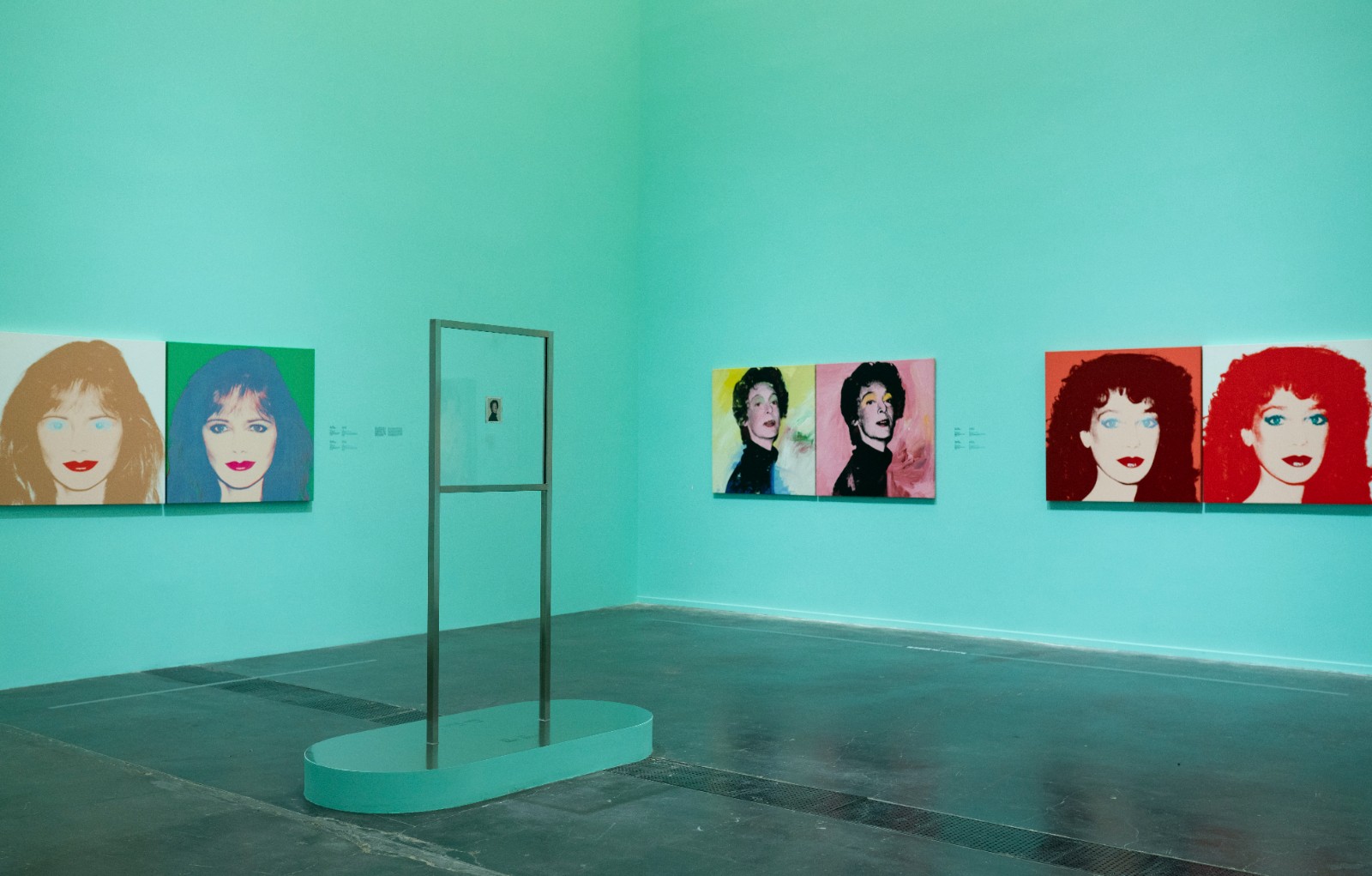
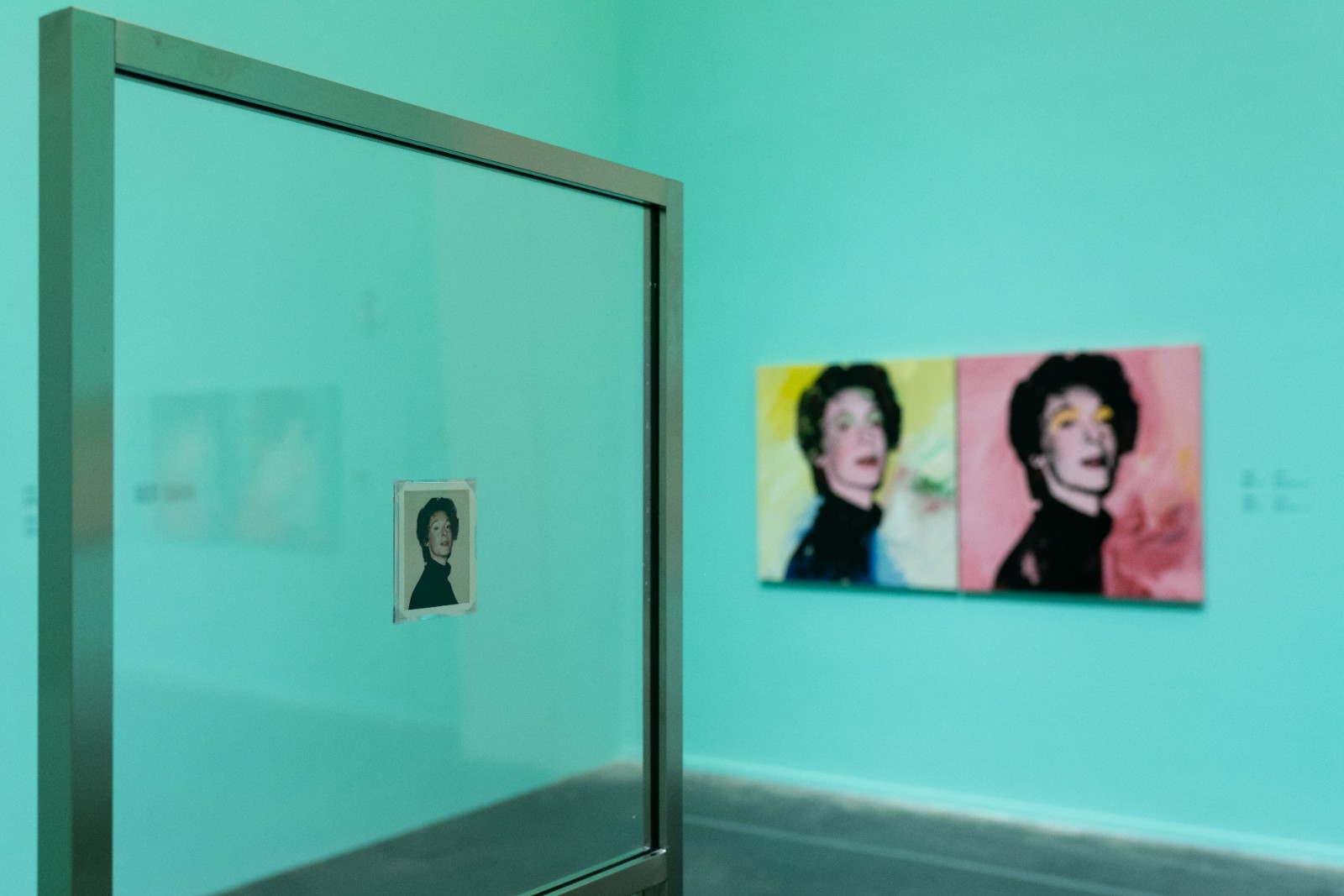
Exhibition View of ““Becoming Andy Warhol”, Courtesy UCCA Center for Contemporary Art
In 1976, Warhol came into contact with 35mm photographs. This prompted Warhol to take a large number of photographs similar to “image diaries”. At this point, Warhol is no different from an ordinary person who has a high-definition camera on a smart phone in the 21st century. Just as the curator José Carlos Diaz stated at the opening ceremony of the exhibition that the special significance of the “Warhol the Photographer” was: “Warhol’s photographic works have not really been explored before. In the exhibition, we are not only examining Warhol, who used Polaroid cameras to take portraits and embezzle other people’s images, but also Warhol, who recorded his own world as a ‘nocturnal creature.’ It is also through this complex record that spectators can understand Andy Warhol.”

Andy Warhol, Andy Warhol and Chris Makos, 1982, facsimile of an original handcolored photograph, 17.1× 15.9 cm. The Andy Warhol Museum, Pittsburgh; Founding Collection. Contribution The Andy Warhol Foundation for the Visual Arts, Inc. Accession number: 1998.3.3091 (facsimile 01). © 2021 The Andy Warhol Foundation for the Visual Arts, Inc. / Licensed by Artists Rights Society (ARS), New York.
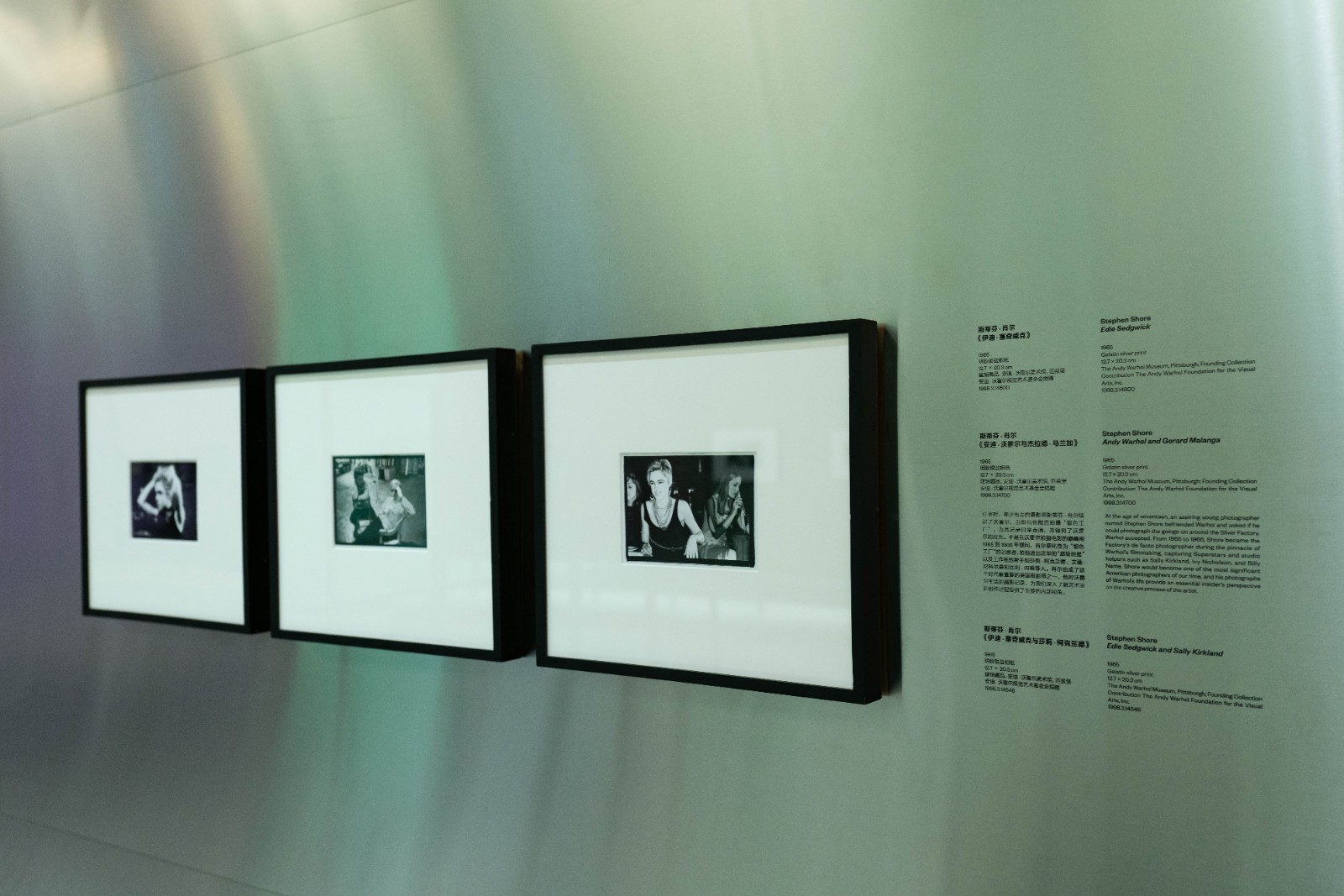
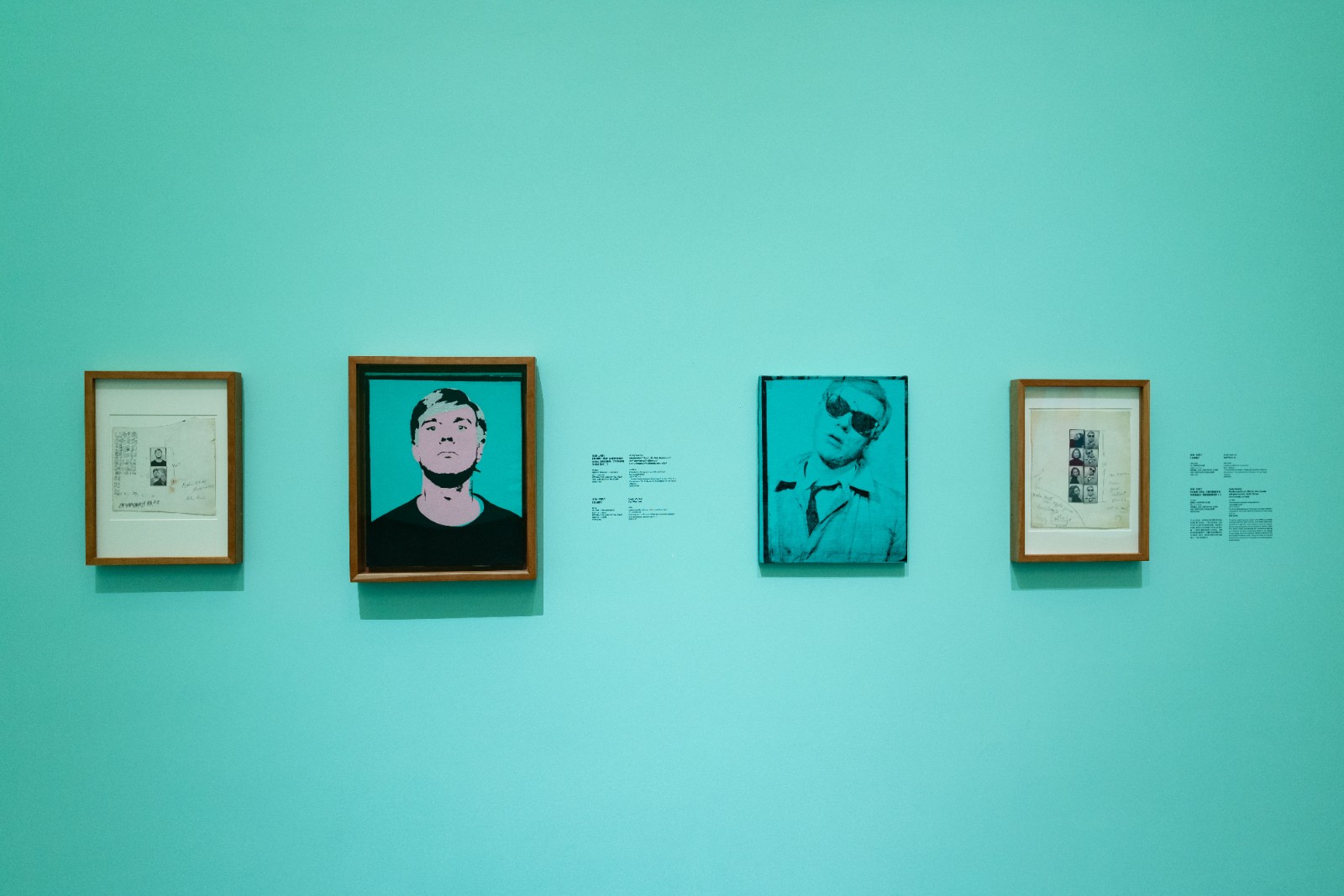
Exhibition View of ““Becoming Andy Warhol”, Courtesy UCCA Center for Contemporary Art.
Andy Warhol, Self-Portrait, 1964, acrylic, metallic paint, and silkscreen ink on linen, 51.1 × 41 × 1.9 cm. The Andy Warhol Museum, Pittsburgh; Founding Collection. Contribution Dia Center for the Arts. Accession number: 2002.4.20. © 2021 The Andy Warhol Foundation for the Visual Arts, Inc. / Licensed by Artists Rights Society (ARS), New York.
Juxtaposed with his silkscreen paintings such as "Flowers" (1964) and a series of portraits, also on view are rarely exhibited equipment used by Warhol, such as Polaroid Big Shot cameras, an overhead projector used for hand painted Pop canvases, a 16 mm film camera, acetate studies, and original source material. They clearly listed Warhol’s working methods and creative development for the audience, which also tried to remind people that it was the birth of photography that made Warhol’s silkscreen printing and mass copying possible.
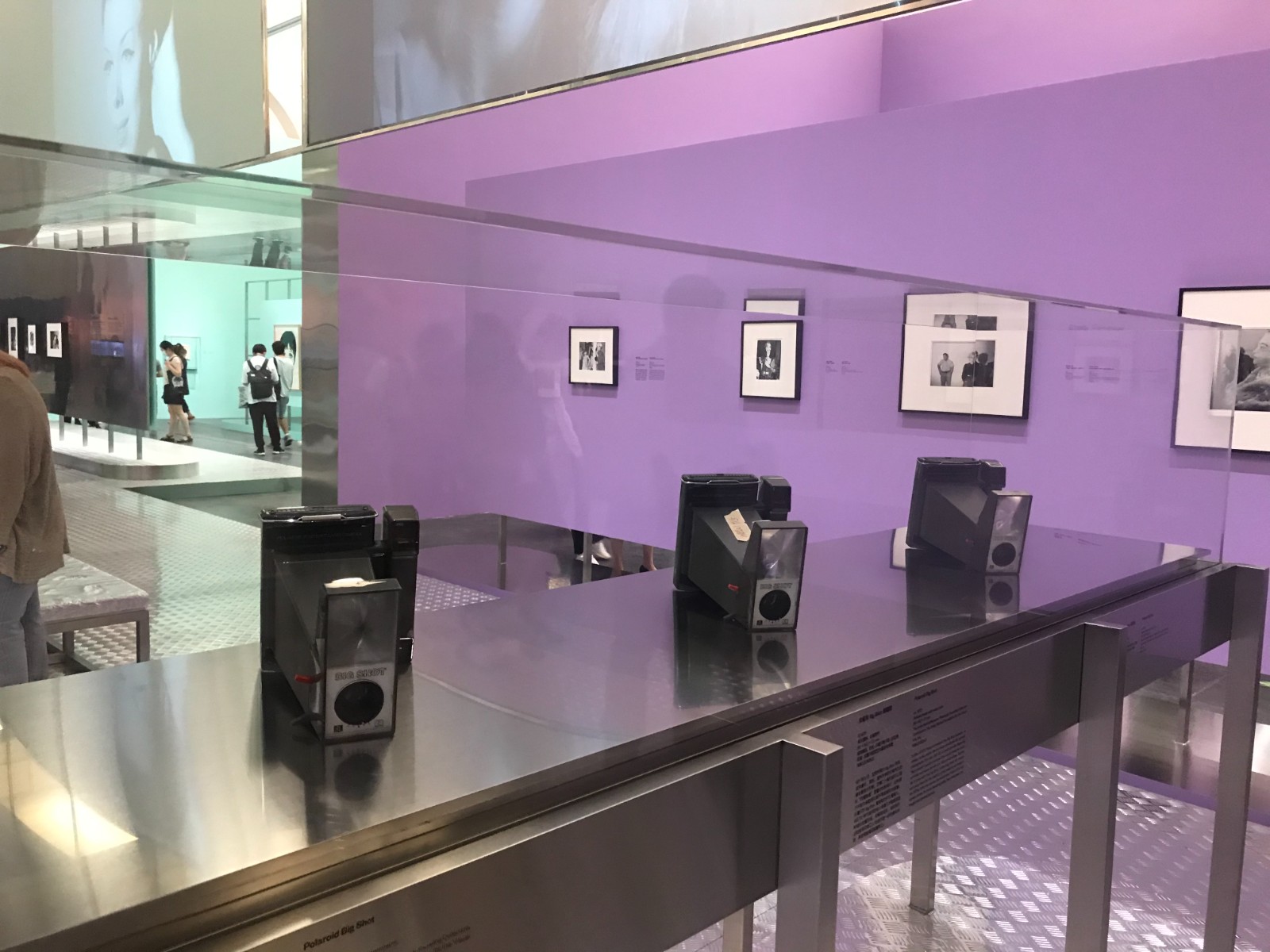
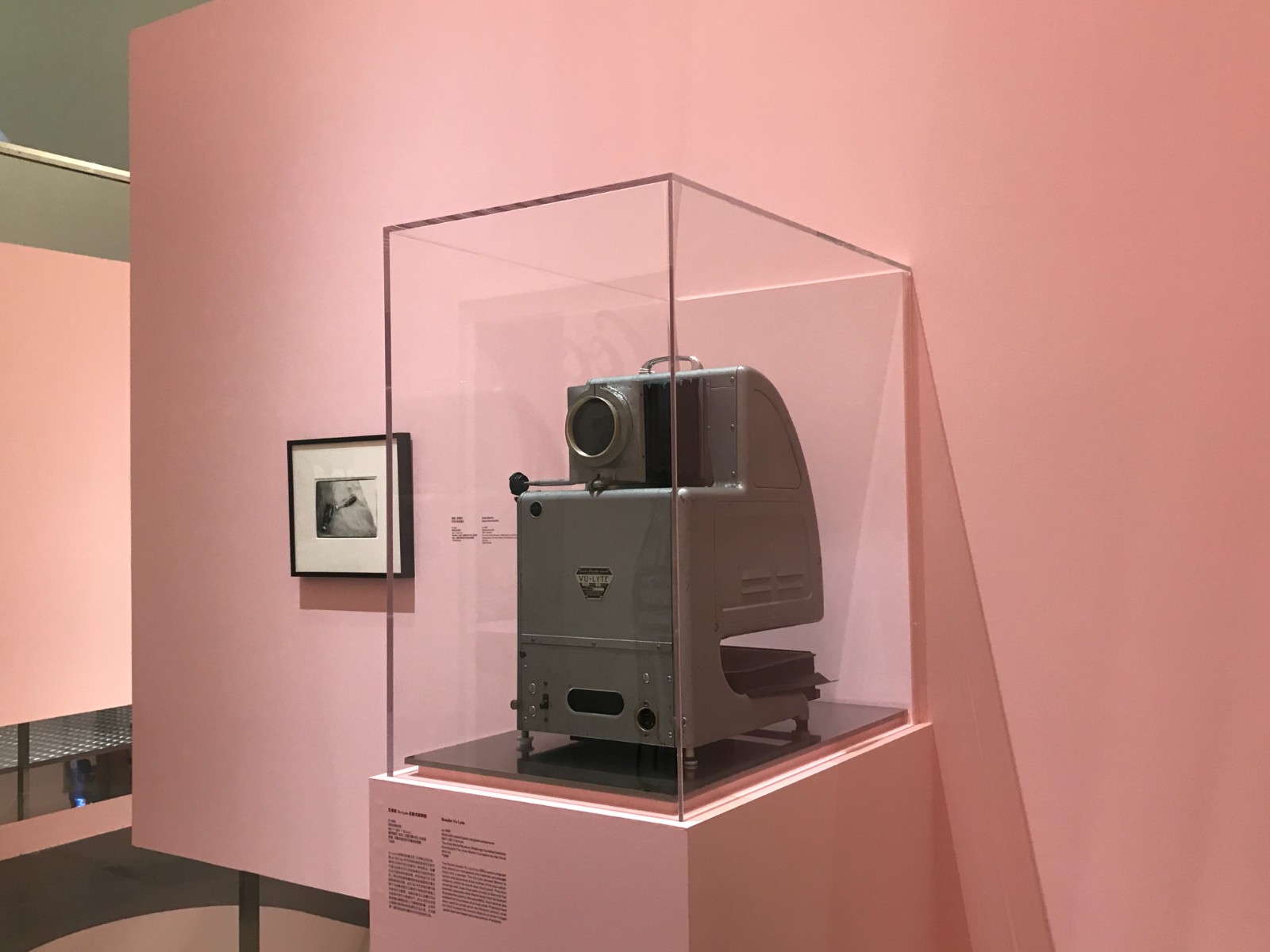
Exhibition View of ““Becoming Andy Warhol”, Courtesy UCCA Center for Contemporary Art.
“Cinema as Object” appeared in the main exhibition hall. The oval curtain that hung highly showed Warhol’s works including "Empire" (1964) and Screen Tests. In addition, the television productions that Warhol participated in from the 1980s and infrequently screened 16mm works also appeared in the Silver Factory studio at the exhibition hall. However, as a director and producer, Andy Warhol is far more groundbreaking than the “Hollywood Dream” he pursued. He incorporated photography into the artistic language earlier than Nam June Paik, and he promoted the structuralist film experiment that takes “the basic performance of the camera and film as the main theme of film production.”1
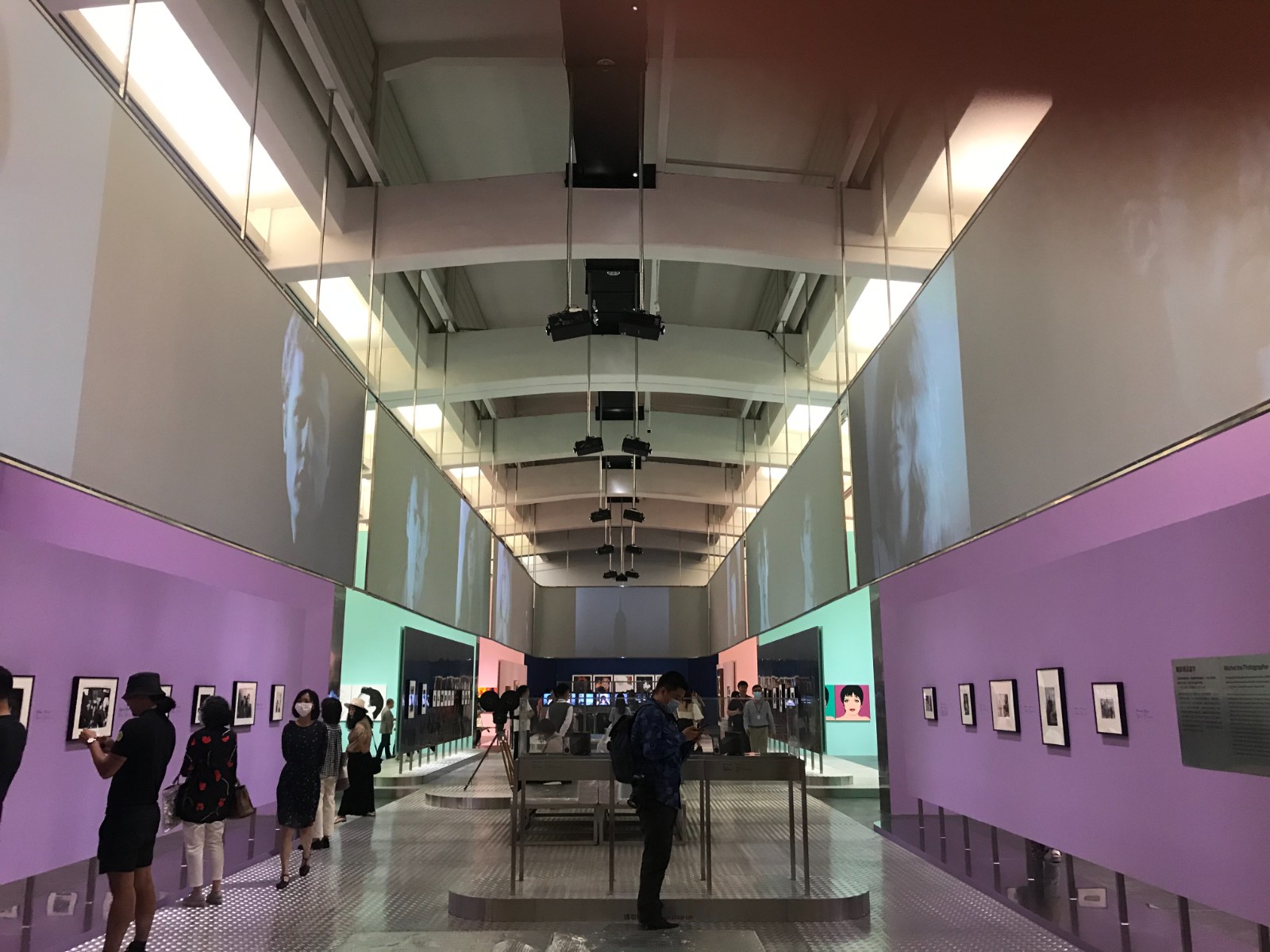
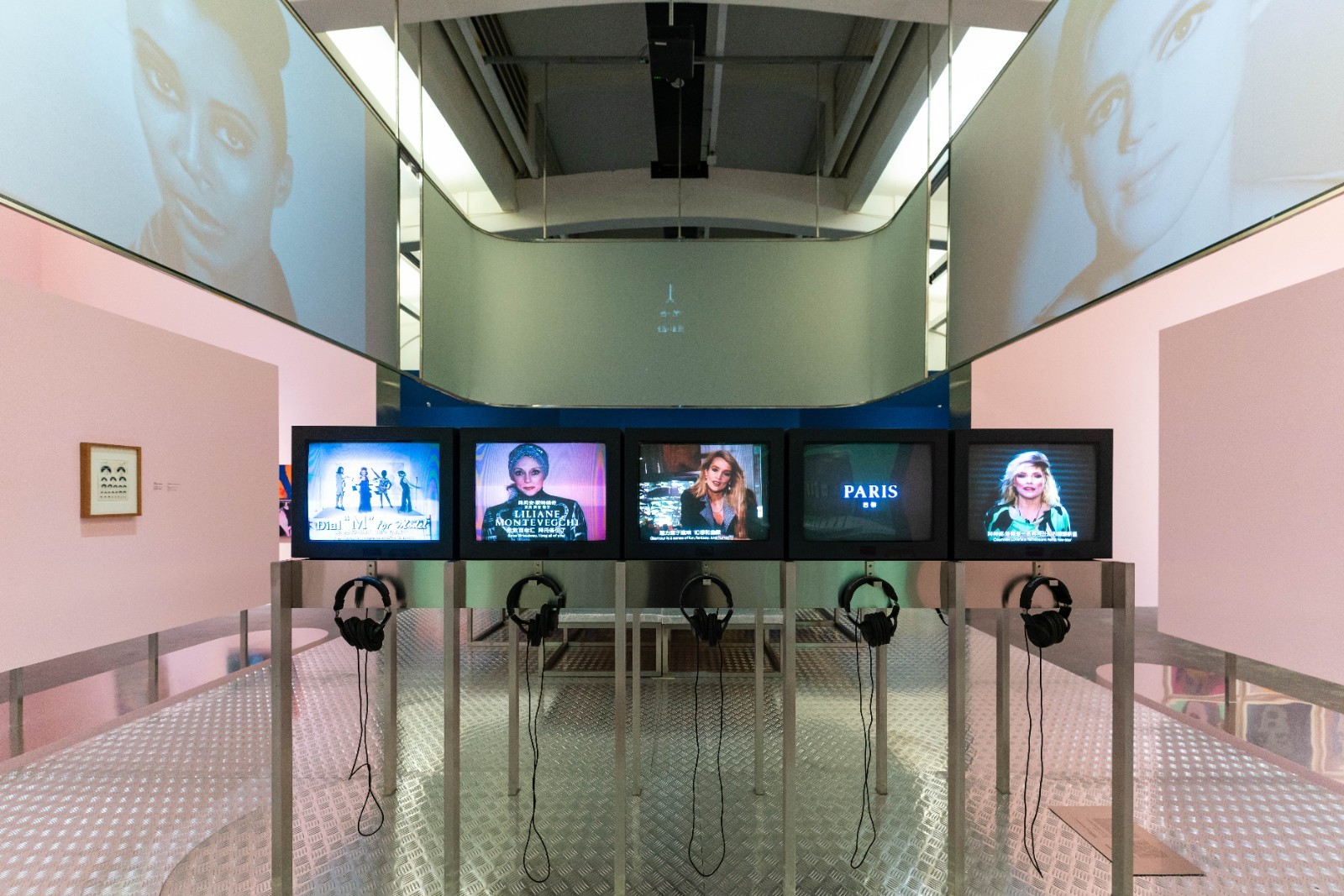
Exhibition View of ““Becoming Andy Warhol”, Courtesy UCCA Center for Contemporary Art.
Andy Warhol, Empire, 1964, 16mm film, black and white, silent, 16fps, 485'00". Collection of The Andy Warhol Museum, Pittsburgh. Contribution The Andy Warhol Foundation for the Visual Arts, Inc.
Andy Warhol, Edie Sedgwick [ST308], 1965, 16 mm film, black and white, silent, 16fps, 4'36". Collection of The Andy Warhol Museum, Pittsburgh. Contribution The Andy Warhol Foundation for the Visual Arts, Inc.
In terms of working methods, Warhol’s filming practice is closely connected with his career in “The Silver Factory.” In 1963, Warhol rented a factory in Manhattan that was formerly a hat factory, named it “The Factory,” and implemented an open door policy. From then on, Warhol started a life in “The Factory” that was similar to capitalism. With a certain American Puritan-style of diligence, he tied the unsustainable lifestyle with creativity and uninterrupted work together. “The Factory” produced silk-screen prints, music, creativity, parties and movies 24 hours a day without closing. Except for a few close friends, most of the friends who chose to abandon him ruthlessly, such as Lou Reid, were generally still able to enter the 21st century, while the young people who chose to stay in “The Factory” have an abnormally high rate of death, often dying from diseases caused by drug abuse, alcohol abuse, suicide, or other indulgences. This also made later critics believe that the bohemian life of “The Factory” expressed a certain early democratic practice in art. It was also the cinema that indirectly led to Warhol’s death. In 1968, Valerie Solanas, a writer, chose to shoot Warhol several times because of the loss of a script. As a result, Warhol died in 1987 due to the internal organ damage caused by the shooting.
Material and Immaterial
A suite of Warhol’s now-iconic works such as Campbell’s, Brillo soap pads and Coca-Cola as well as updated versions of Marilyn Monroe screen prints appear in “Warhol Remixed.” This section takes time as a clue and is a broad collection of commercial art creation as well as Pop Art works by Warhol with cross-border collaborations with Chanel and so on. Warhol’s commercial art creation is based on commodities and commercial images. They are Warhol’s direct response to American pop culture, and his keenness captures the vigorous and restless atmosphere of the United States after the Great Depression and the consumerism-oriented era from the 1960s to the 1980s.
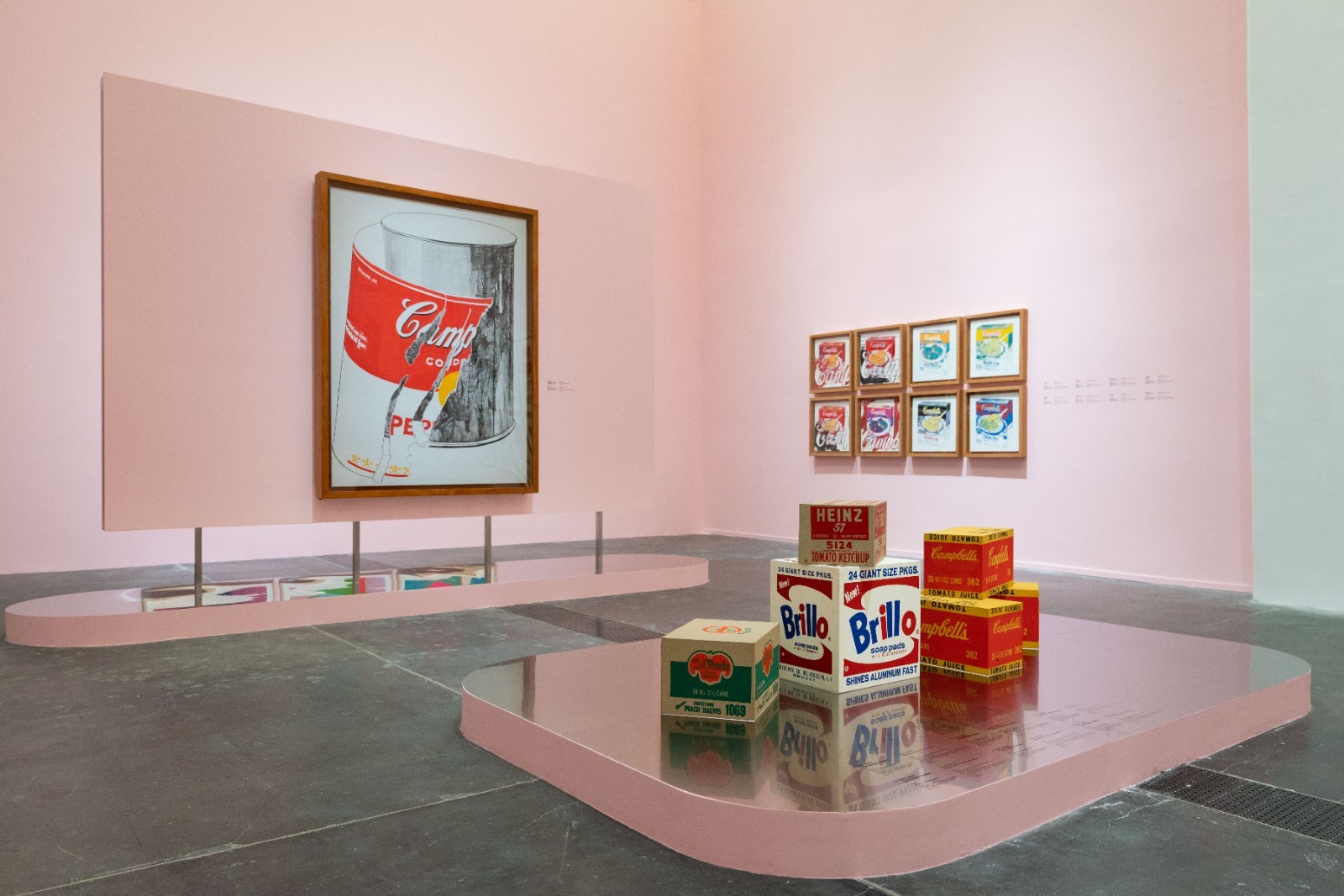
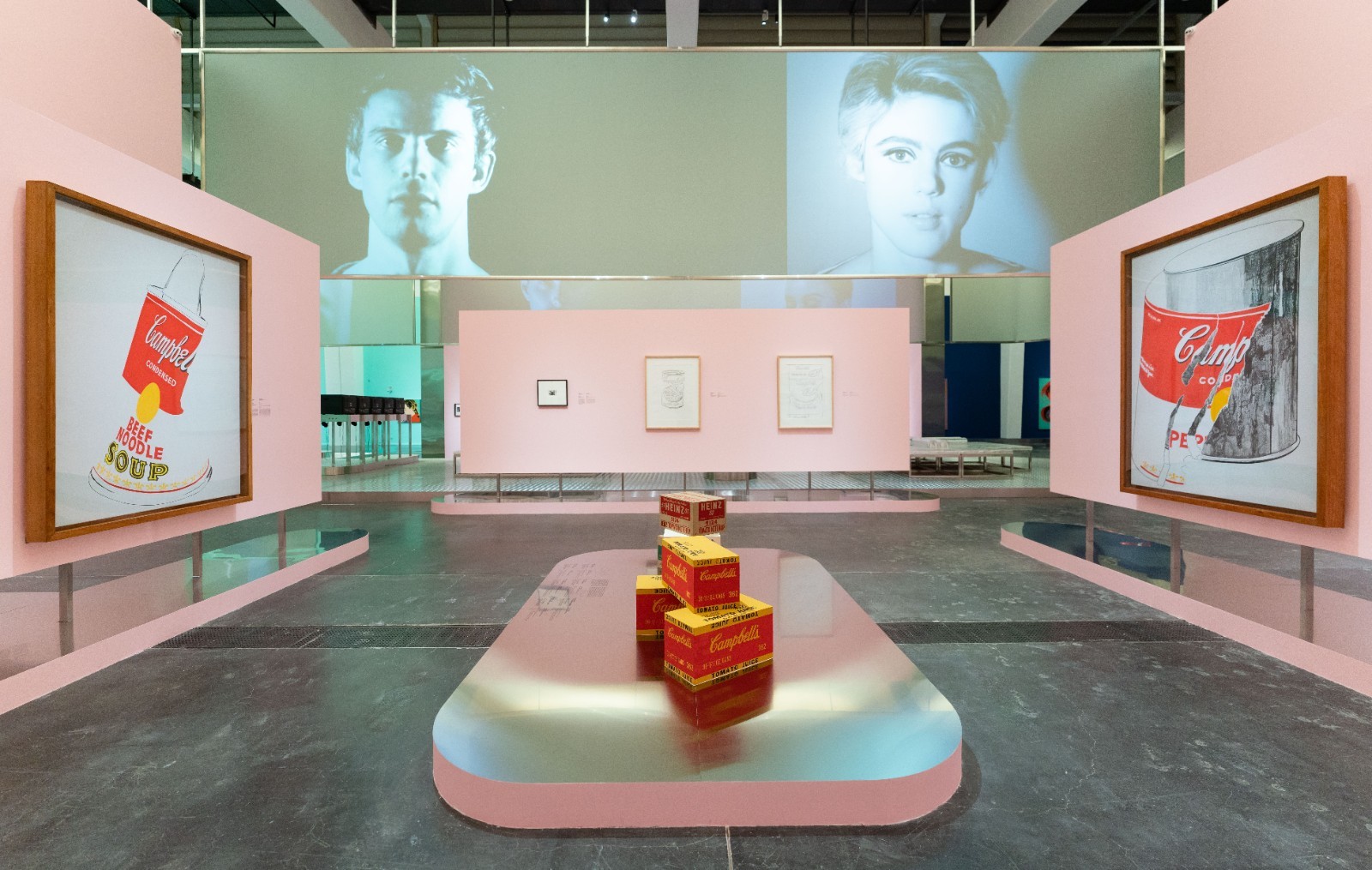
Exhibition View of ““Becoming Andy Warhol”, Courtesy UCCA Center for Contemporary Art.
By juxtaposing works with similar themes from different years in the exhibition, we can see the artist’s expressive techniques in commercial art and the gradual renewal of creative concepts from the 1960s to the 1980s. This includes technological innovation, the commercial workshop model developed by Warhol in the 1970s and 1980s, gradually removing the traces of “people” in the expression of technique through large-scale artistic production.
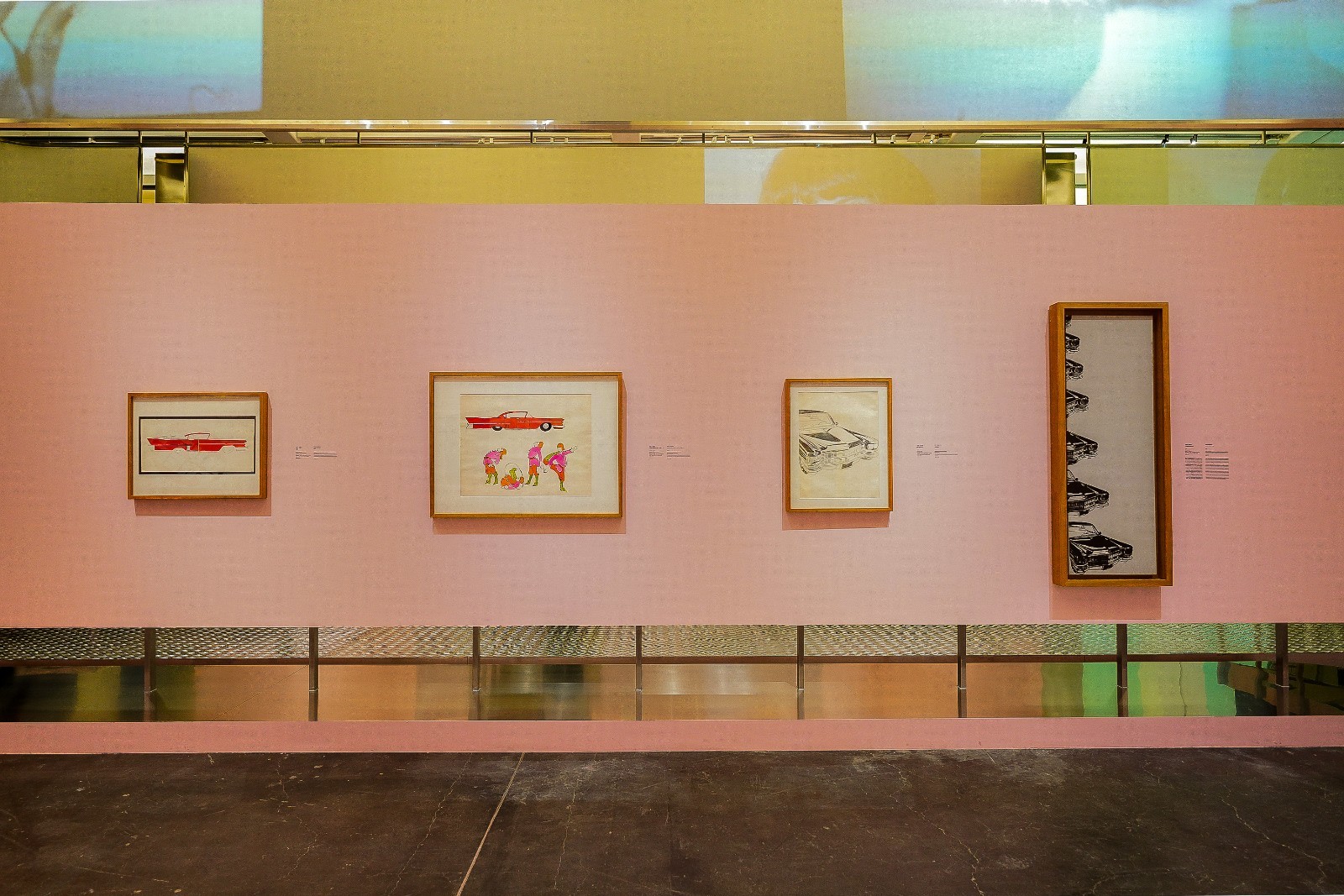
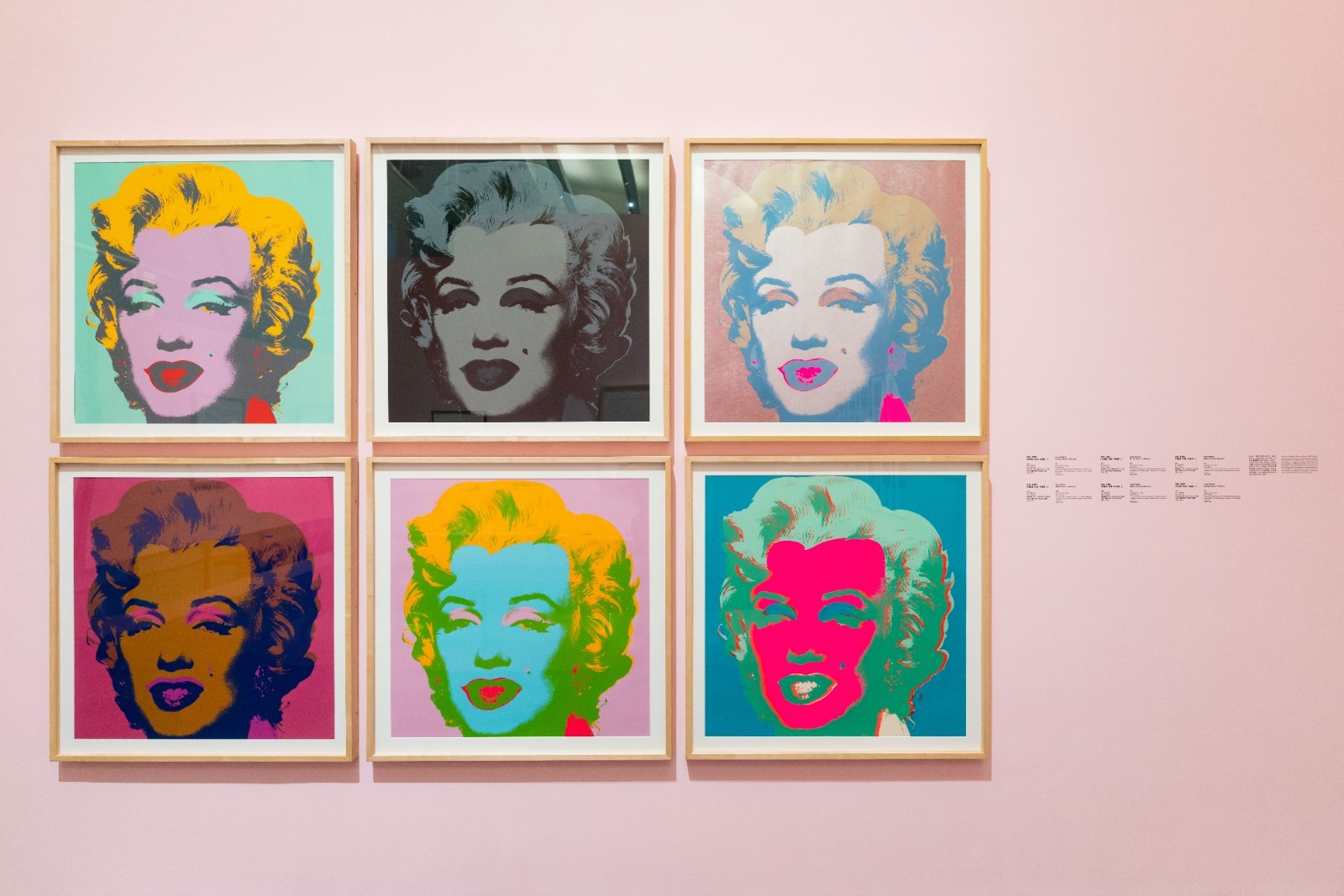
Exhibition View of ““Becoming Andy Warhol”, Courtesy UCCA Center for Contemporary Art.
Andy Warhol’s Pop Art is constantly “remixed” inside. “Remixed” is related to the possibilities offered by copying technology, and also to the changes in the artist’s interest in the same subject at different stages. The remastered “Marilyn Monroe” series in the exhibition hall is an example of this kind of “remixed method”. Monroe died suddenly in 1962, and Warhol produced a set of portraits with the texture and color of Catholic icons for this reason. In 1967, he re-produced the Marilyn Monroe series with considerations of commercial operation and creative interest. Warhol is good at this—commodities can be reshaped into art, images can be reshaped into artistic media, and celebrities can be reshaped into the “aura” of art, and it can also be reshaped by constantly returning to the same creative theme on a new “Andy Warhol.”
In the last two sections of the exhibition, the artist’s two contradictory tendencies formed a certain tension, namely, between the commercial art works full of materiality and the “immaterial” in his late art career. Warhol seldom emphasized the spiritual world but it unfolded under a mysterious, dark blue tone.
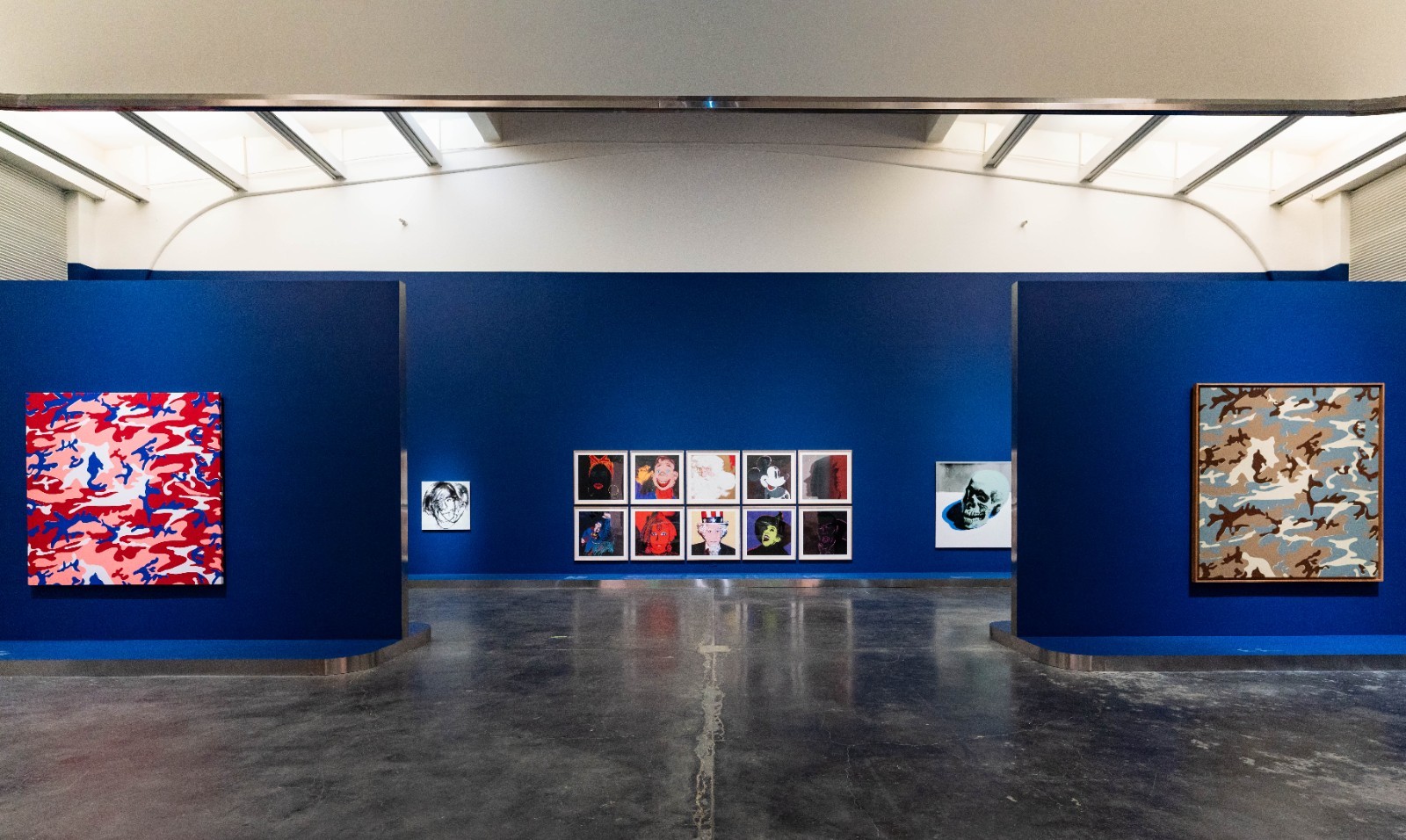
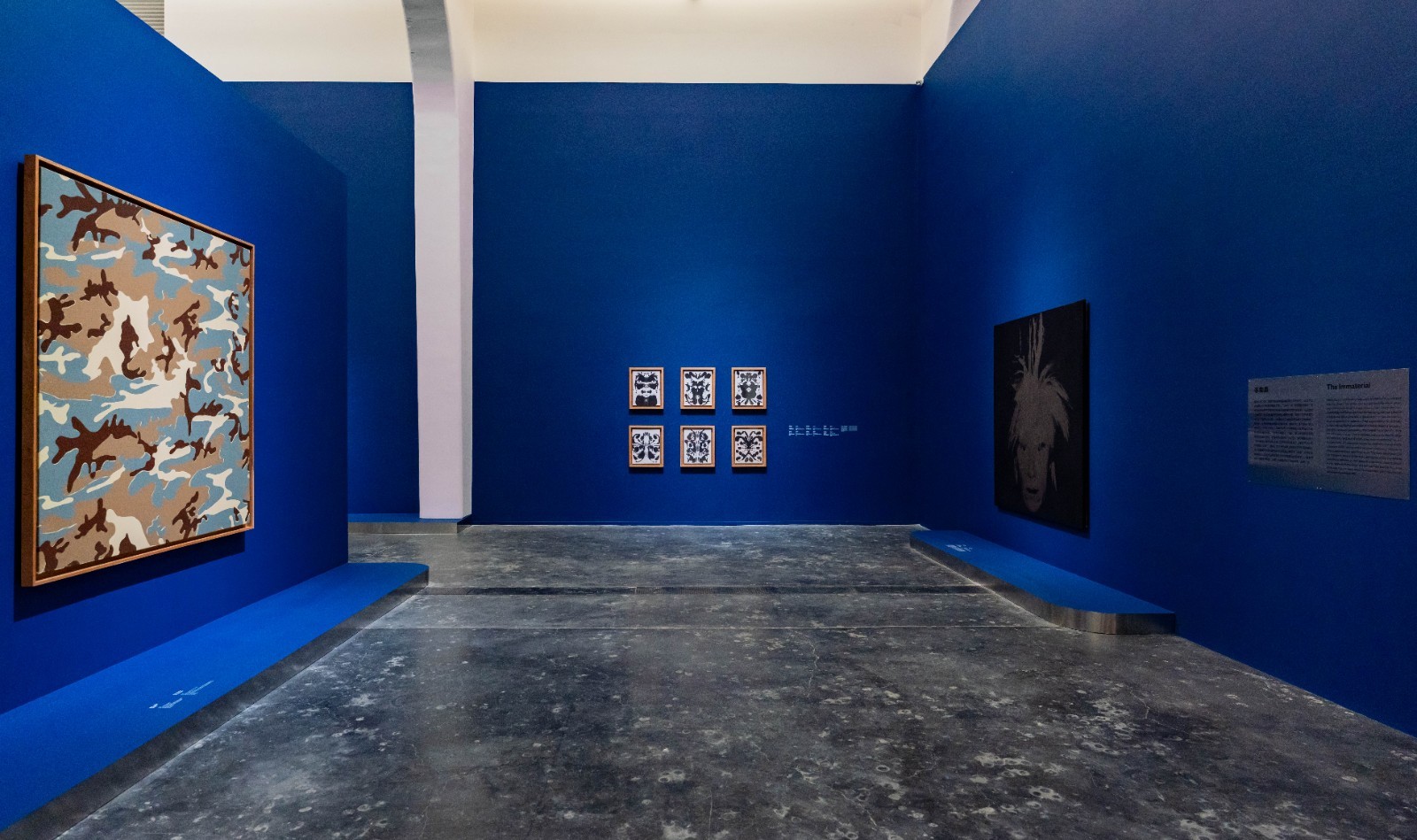
Exhibition View of ““Becoming Andy Warhol”, Courtesy UCCA Center for Contemporary Art
Warhol began to deal with the subject of death in his work, not only after he was shot. In “Death and Disaster” in the 1960s, Warhol used images to deal with the theme of death. Compared with his previous work, “Death and Disaster” and other works that reveal Warhol’s thinking on news and media communication that give death a new interpretation, and he used this to convey a certain “objectivity.” When facing his own death, the works in the “Immaterial” section as a comprehensive show of Warhol’s thinking about death in a more metaphysical and religious way.
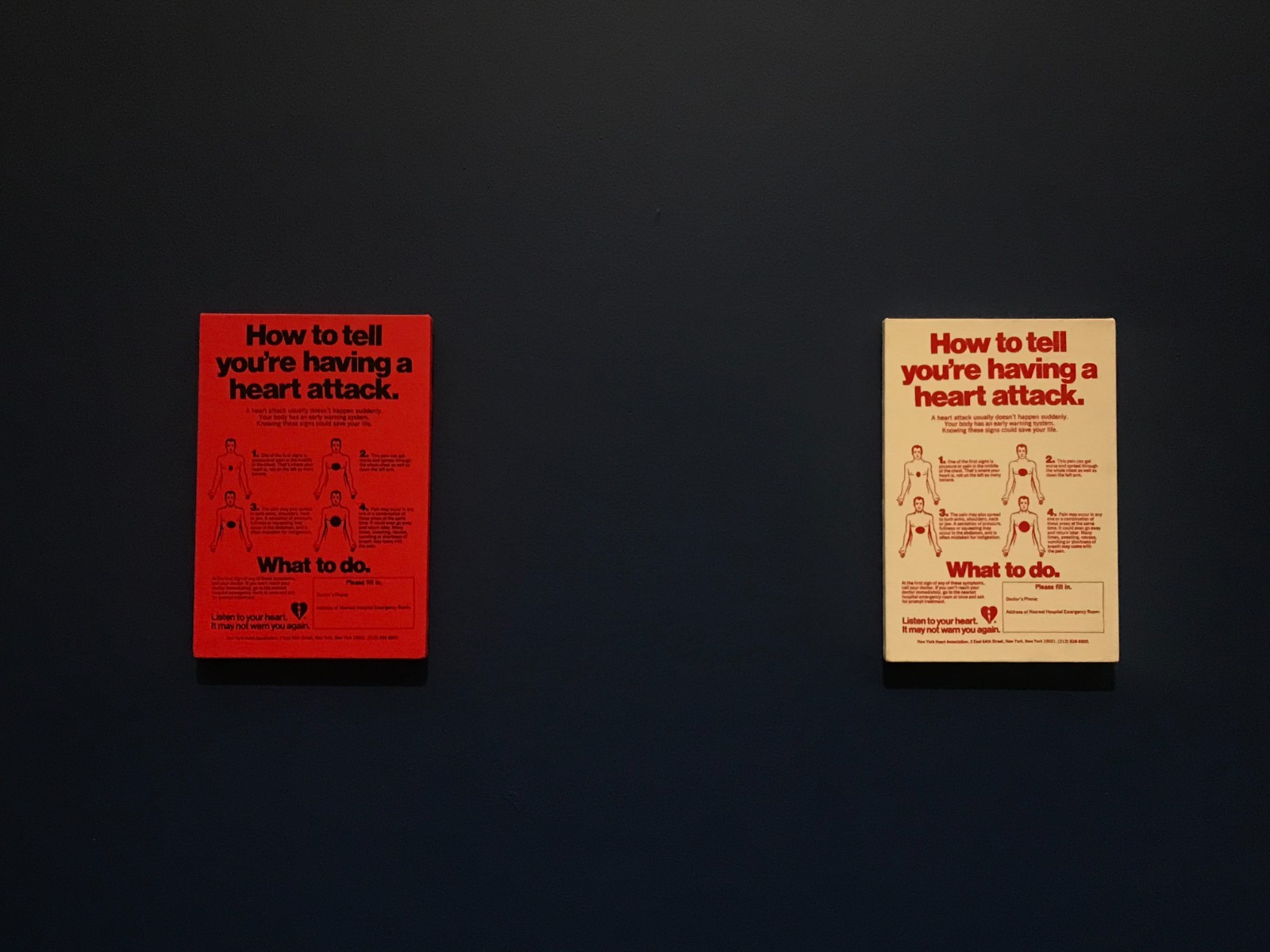
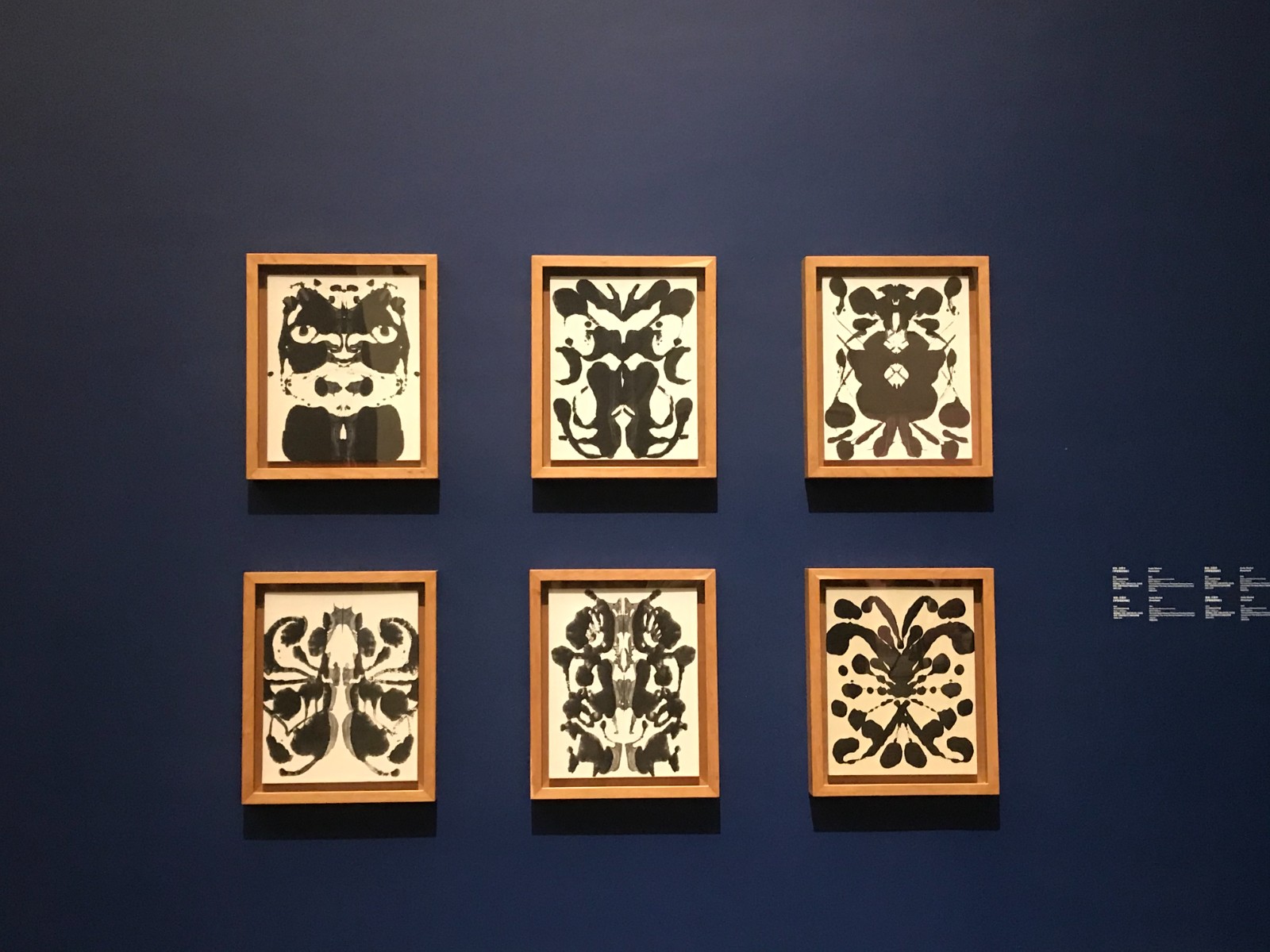
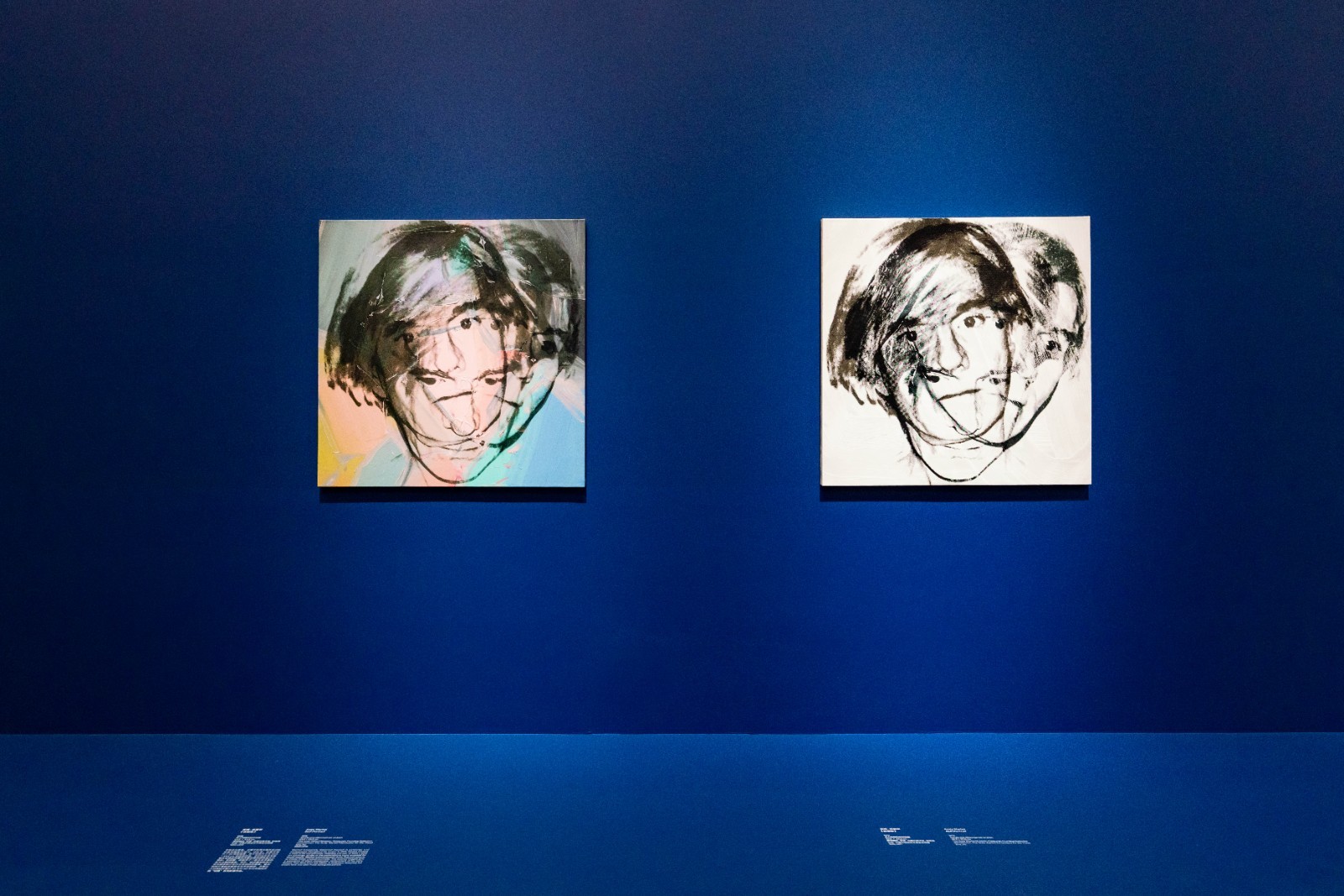
Exhibition View of ““Becoming Andy Warhol”, Courtesy UCCA Center for Contemporary Art.
In his creation, Warhol always has astonishing directness and symbols of death frequently appear in his later creations. “Skull”(1976) and the increasingly gloomy self-portraits show that the artist’s thoughts about “death” are gradually expanding. In the notes of the same period, Warhol recorded some thoughts that were difficult to hide. He admitted that he was not afraid of death, but “I began to fear God.” His notes are always revealing and insightful. In the series of works such as “Camouflage”(1986) and “Rorschach Ink Blots”(1984), through the artist’s further updating expression, the exploration of abstraction has pushed Warhol’s late artistic creation into a new stage. Warhol, as a devout Catholic, integrated the thinking of death with faith, and conducted mystical thinking about life and death with the guidance of a new artistic language.

Andy Warhol, Self-Portrait, 1978, acrylic and silkscreen ink on linen, 101.6 × 101.6 cm. The Andy Warhol Museum, Pittsburgh; Founding Collection. Contribution The Andy Warhol Foundation for the Visual Arts, Inc. Accession number: 1998.1.806. © 2021 The Andy Warhol Foundation for the Visual Arts, Inc. / Licensed by Artists Rights Society (ARS), New York.
Andy Warhol, Skull, 1976, acrylic and silkscreen ink on linen, 183.2 × 204.5 cm. The Andy Warhol Museum, Pittsburgh; Founding Collection. Contribution Dia Center for the Arts. Accession number: 2002.4.28. © 2021 The Andy Warhol Foundation for the Visual Arts, Inc. / Licensed by Artists Rights Society (ARS), New York.
Compared with the previous exhibitions around Andy Warhol held in China, the focus of “Becoming Andy Warhol” is mainly to show the artist’s career as an advertising and illustration artist in the 1950s for Chinese audiences; in the heyday of “Pop”, Warhol’s status as a photographer and the movie mania stage; and the late creative stage after Warhol’s injury. Through these works that were rarely displayed in China in the past, as well as the display of creative tools, photos, documents and other materials, the exhibition outlines a more comprehensive and detailed picture for Andy Warhol in a non-linear and panoramic way. A unique and vivid portrait is formed to help people understand the birth and end of the “Pope of Pop.” More importantly, Andy Warhol is not only an artistic pioneer in the 20th century, but also a prophet of our time. He personally practiced the marriage/reconciliation between art and consumerism, and accurately predicted that in the future, everyone will have the possibility of pushing themselves as a commodity on the market and achieving great success. After more than 30 years, people have not surpassed the advanced artistic intuition and judgment of this “Pope of Pop.”
Text by Mengxi, edited and translated by Sue/CAFA ART INFO
Image Courtesy UCCA Center for Contemporary Art.
1.Ketner, J. 2014. Andy Warhol: Phaidon Focus. Qin Wen Trans. Nanning: Guangxi Arts Publishing House Co. Ltd. p71


